In our studies, we explore important topics like culture, resistance, and conquest. We talk about economics and what makes an economy good or bad, delve into war and ask if it’s something that humans always have to do, and look at the challenges our world faces today, like climate change and inequality, and how we can make a better system for a sustainable planet
The themes and essential questions are:
Beliefs, traditions migrations and resistance
- How is culture and the denial of culture used as a tool for conquest?
- How are culture and language used as acts of resistance?
War and militarization
- What is worth fighting for?
- Is war inevitable between humans?
Capitalism, Imperialism and Struggles for Liberation
- What is an economy of extraction?
- How does a sustainable human-centered economy look?
Confronting the new world disorder: human rights and social movements and the challenges for climate change, fascism, economic inequality, and globalization
- How is the climate’s current state related to the Western economic system and culture?
- What system do we need to create a sustainable planet?
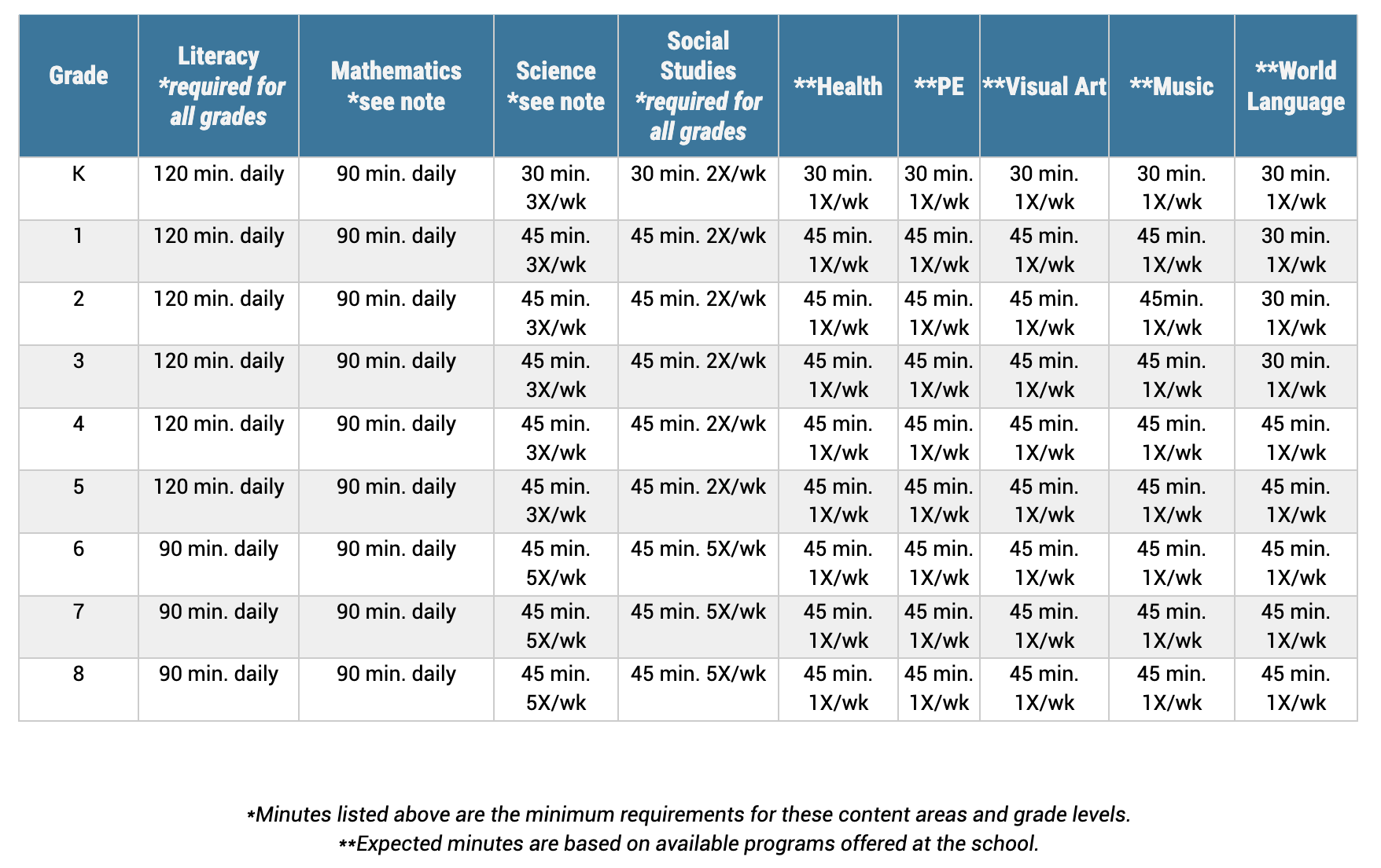
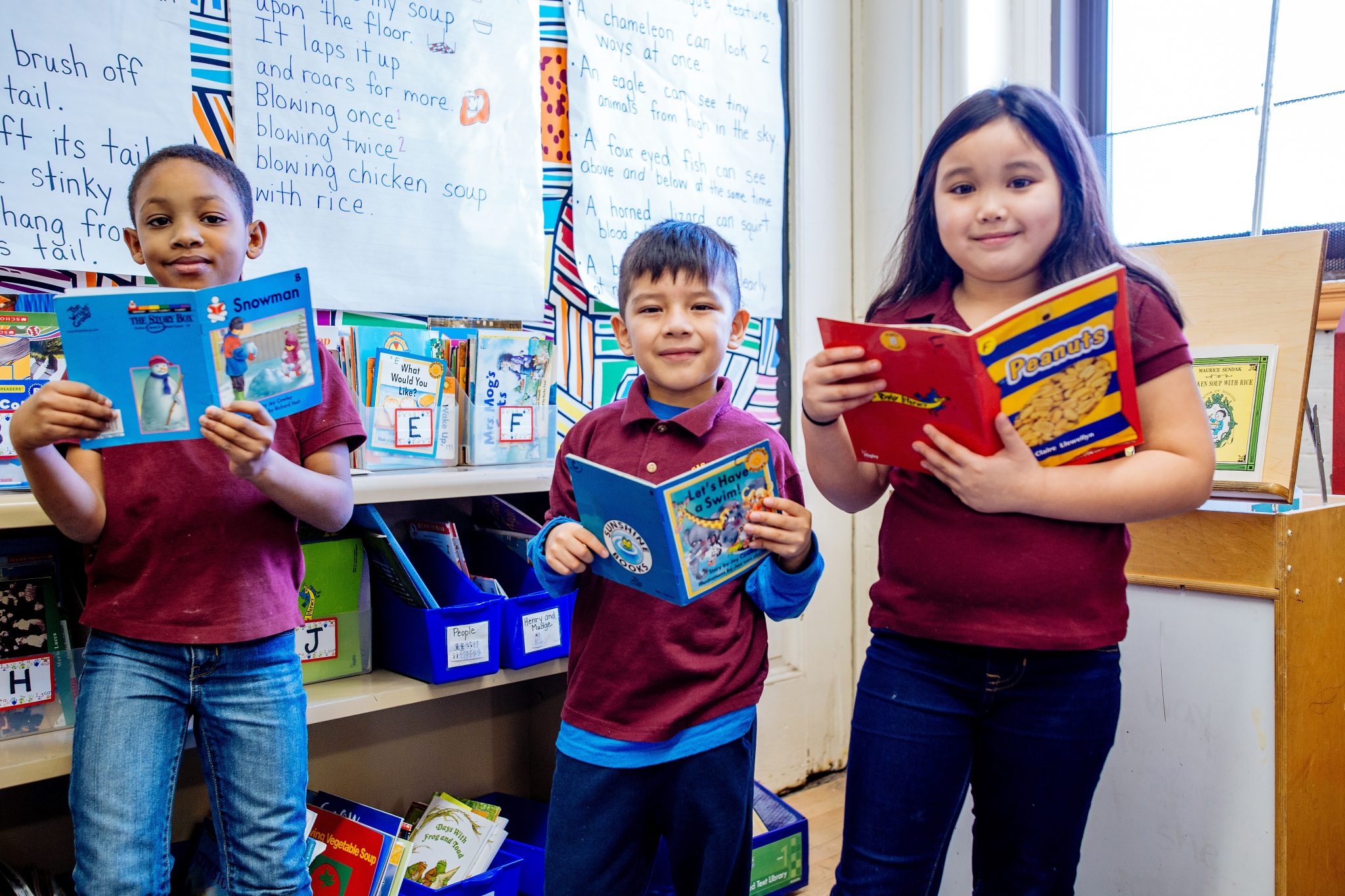 English Language Arts (ELA) instruction is guided by standards for each grade level that determine what students should be taught in reading and writing.
English Language Arts (ELA) instruction is guided by standards for each grade level that determine what students should be taught in reading and writing.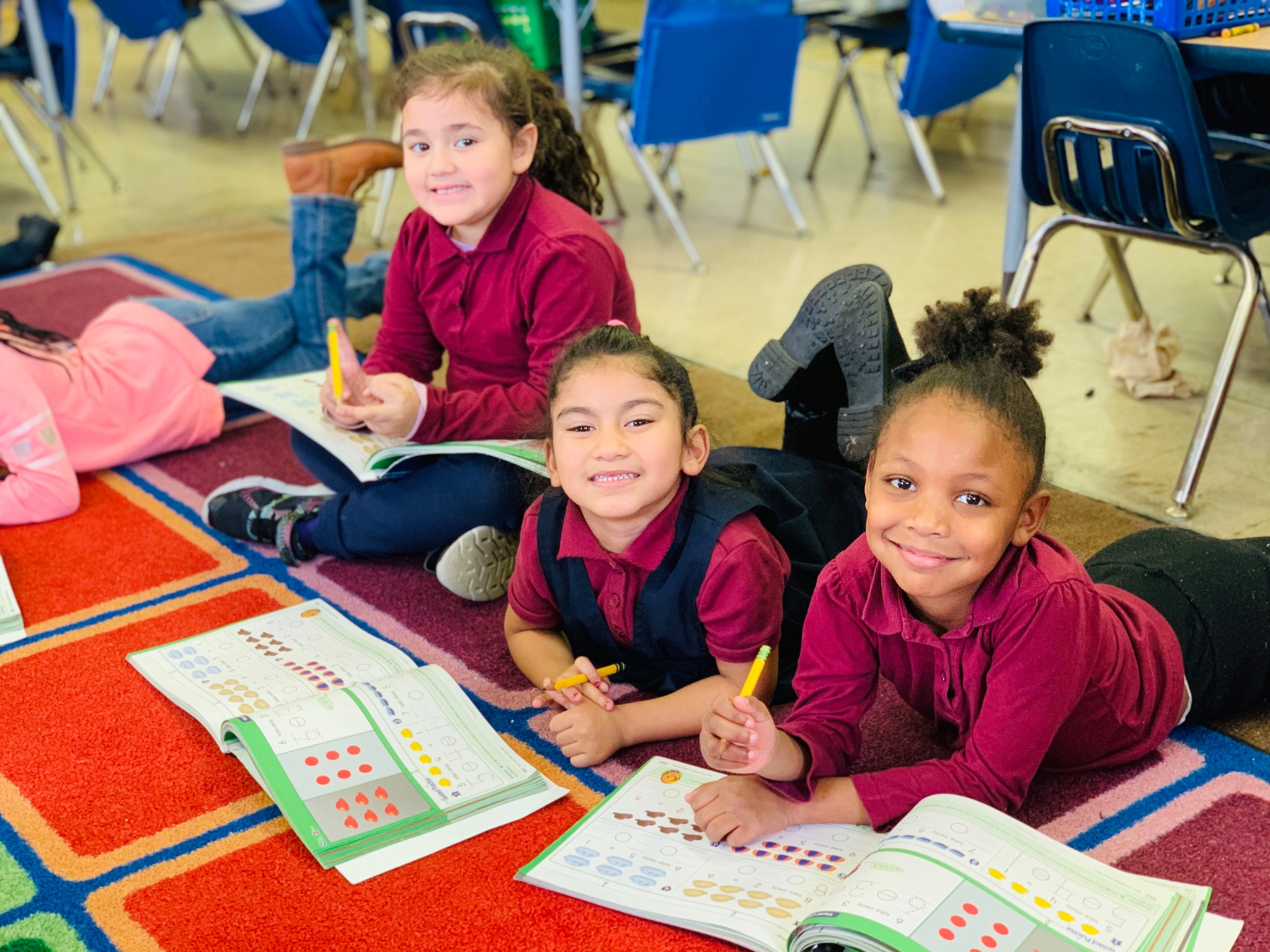 Our math classrooms are spaces that foster curiosity, critical thinking, and joy. We are all mathematical thinkers, and we learn math by doing math – by solving problems and engaging in rich discourse with our peers. Students engage in sense-making and develop conceptual, procedural, and applied mathematics understandings.
Our math classrooms are spaces that foster curiosity, critical thinking, and joy. We are all mathematical thinkers, and we learn math by doing math – by solving problems and engaging in rich discourse with our peers. Students engage in sense-making and develop conceptual, procedural, and applied mathematics understandings.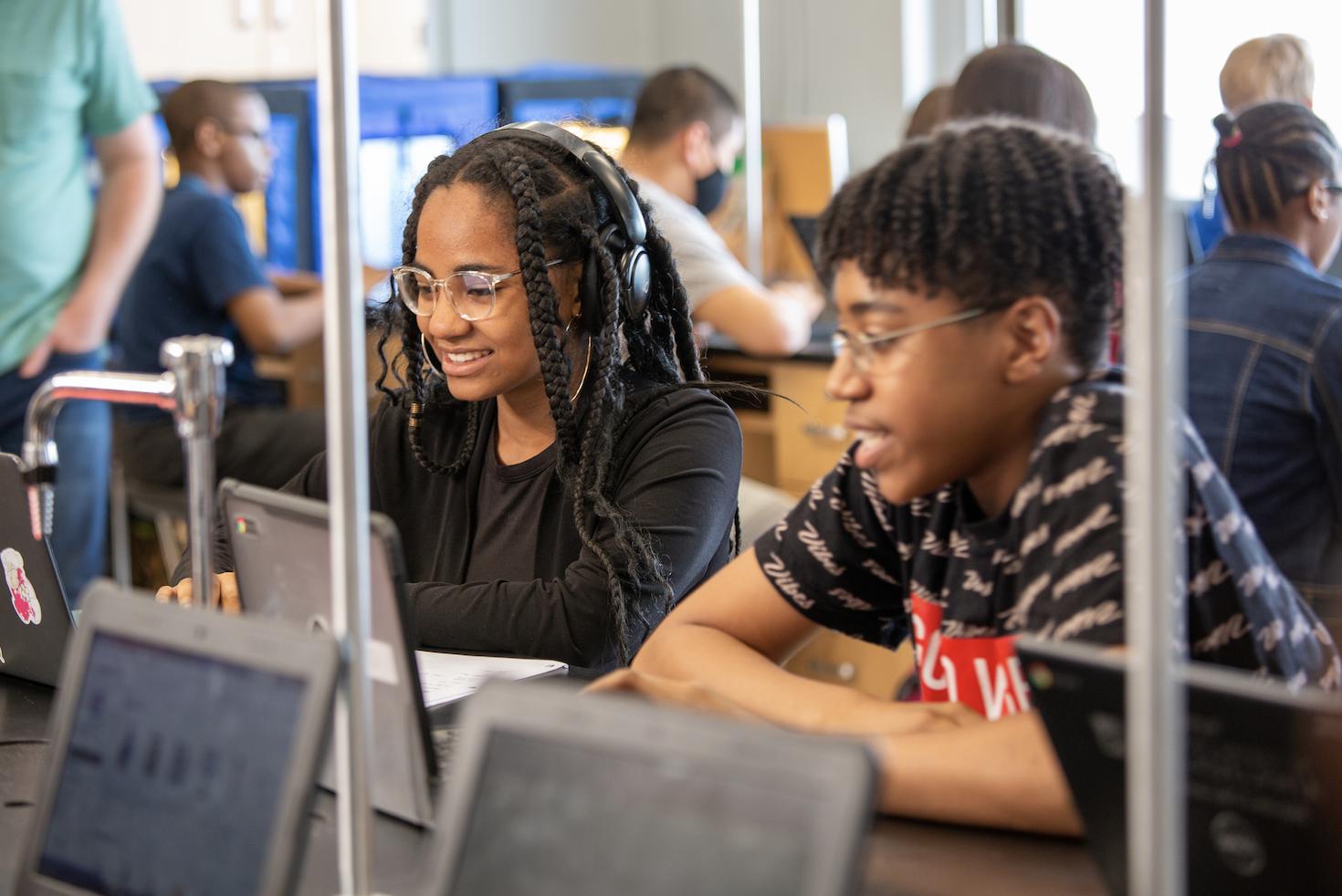
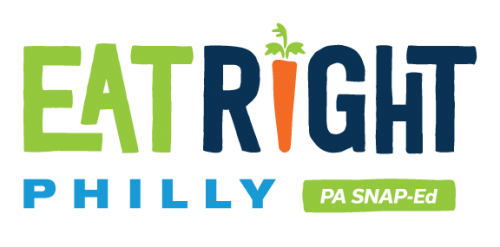 The Nutrition Team (a.k.a. Eat Right Philly) is fully funded through a federal grant –
The Nutrition Team (a.k.a. Eat Right Philly) is fully funded through a federal grant – 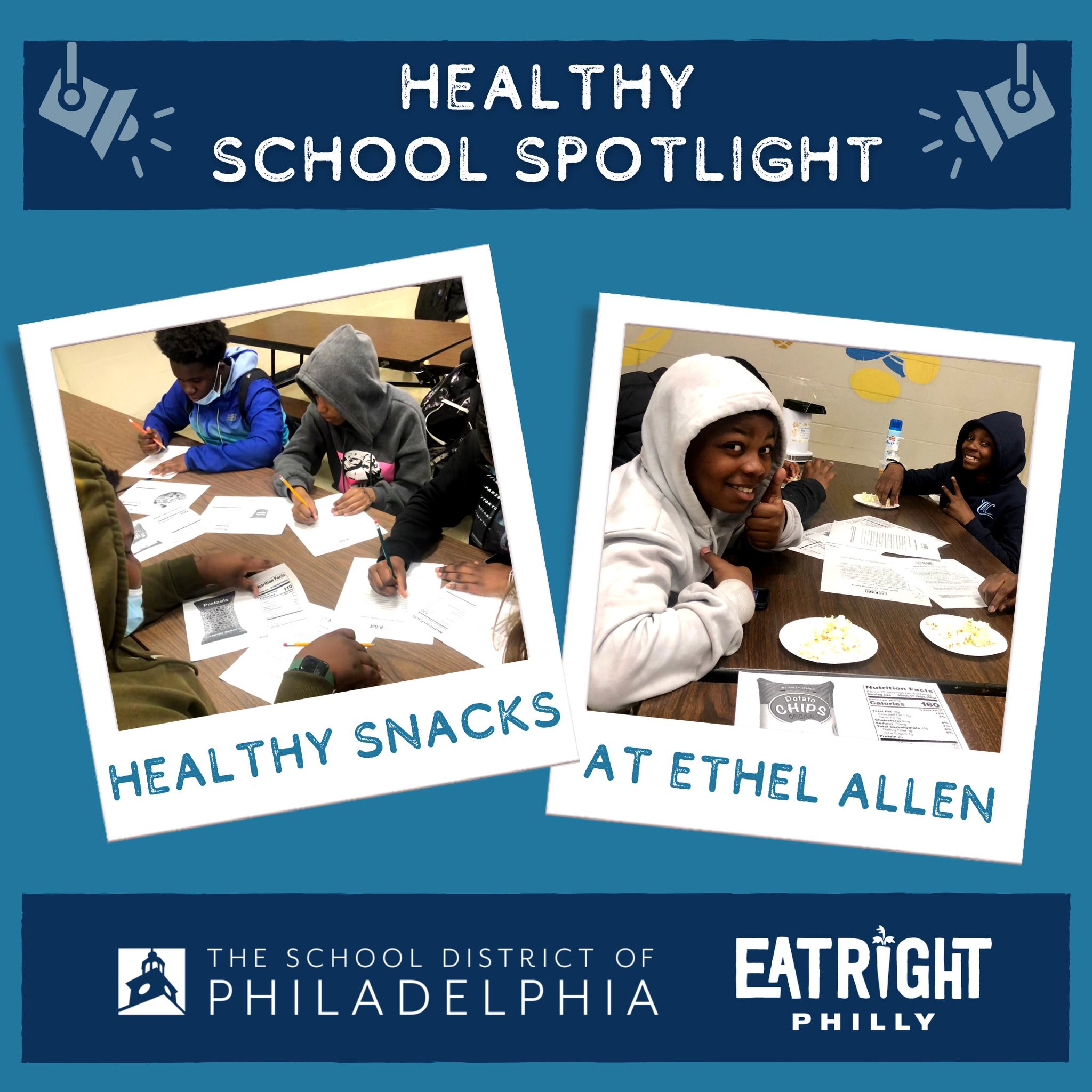 The Eat Right Philly Program supports schools in creating a healthy environment for students to learn and grow. Programs offered include engaging nutrition lessons that support the School District of Philadelphia’s Academic Framework; Project-based learning initiatives; Nutritious food tasting opportunities; Hands-on gardening experiences; and health and wellness promotional school-wide events. Eat Right Philly staff ensure that students are learning the importance of making healthy food and physical activity choices that lead to behavior change in a supportive and inclusive environment.
The Eat Right Philly Program supports schools in creating a healthy environment for students to learn and grow. Programs offered include engaging nutrition lessons that support the School District of Philadelphia’s Academic Framework; Project-based learning initiatives; Nutritious food tasting opportunities; Hands-on gardening experiences; and health and wellness promotional school-wide events. Eat Right Philly staff ensure that students are learning the importance of making healthy food and physical activity choices that lead to behavior change in a supportive and inclusive environment.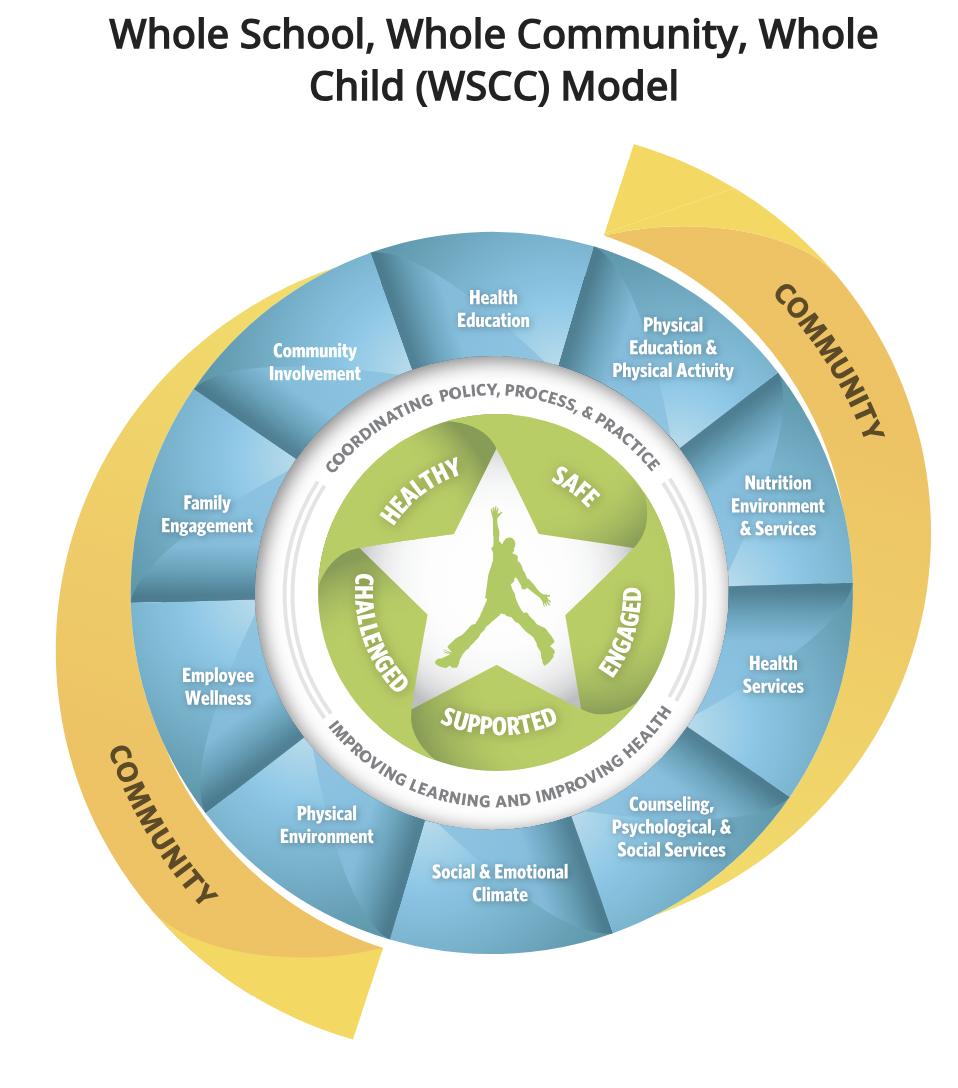
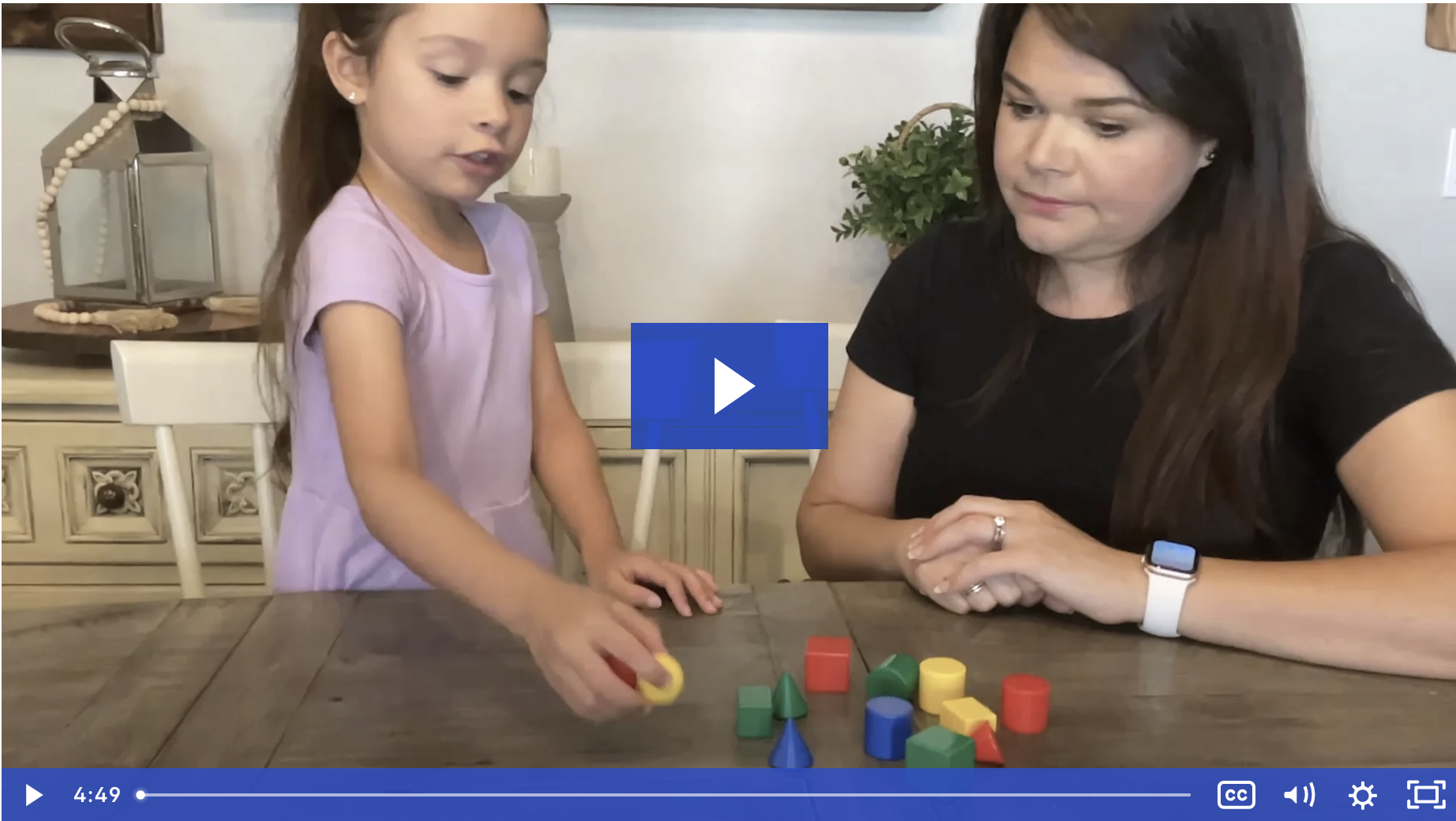
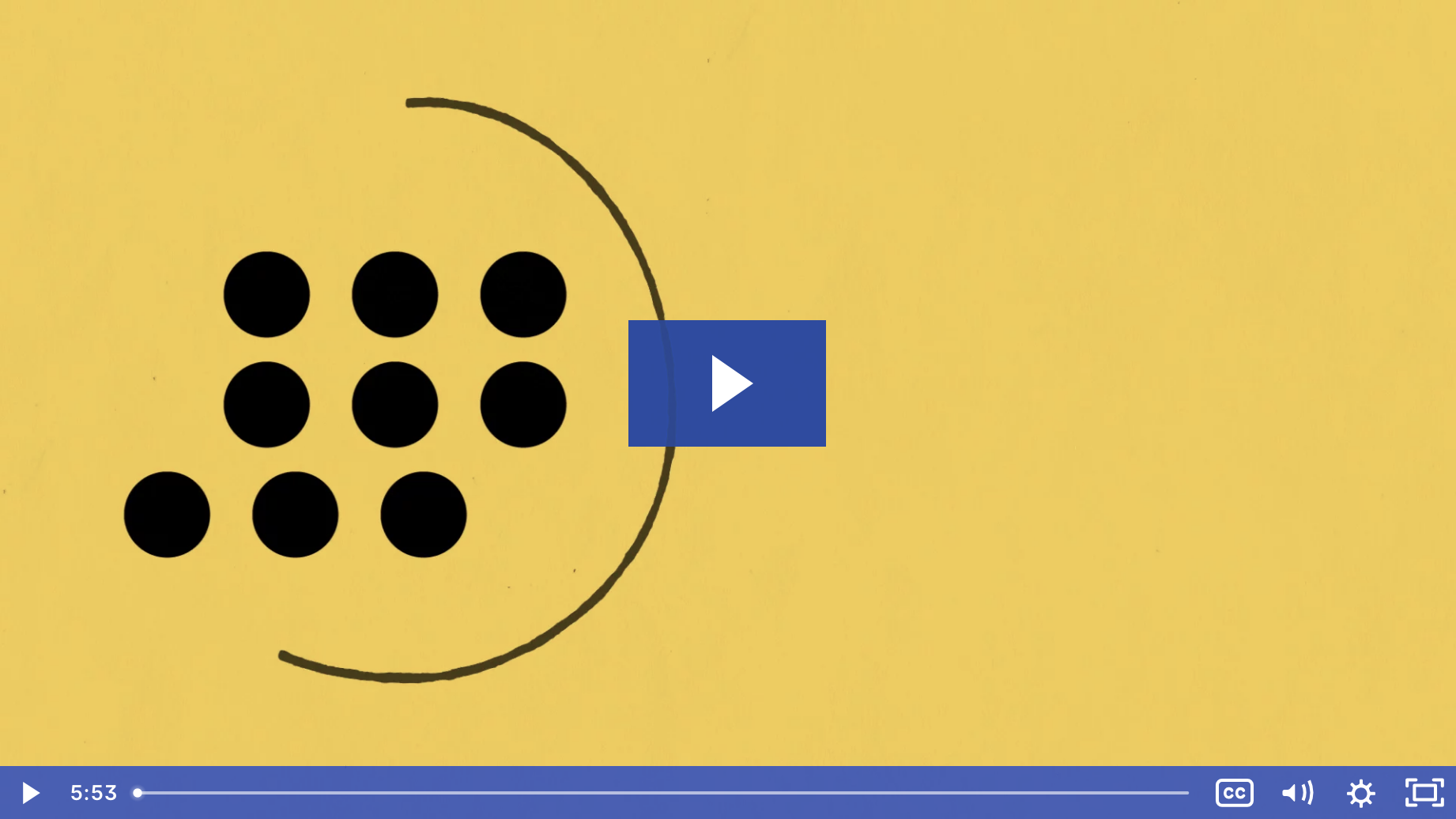
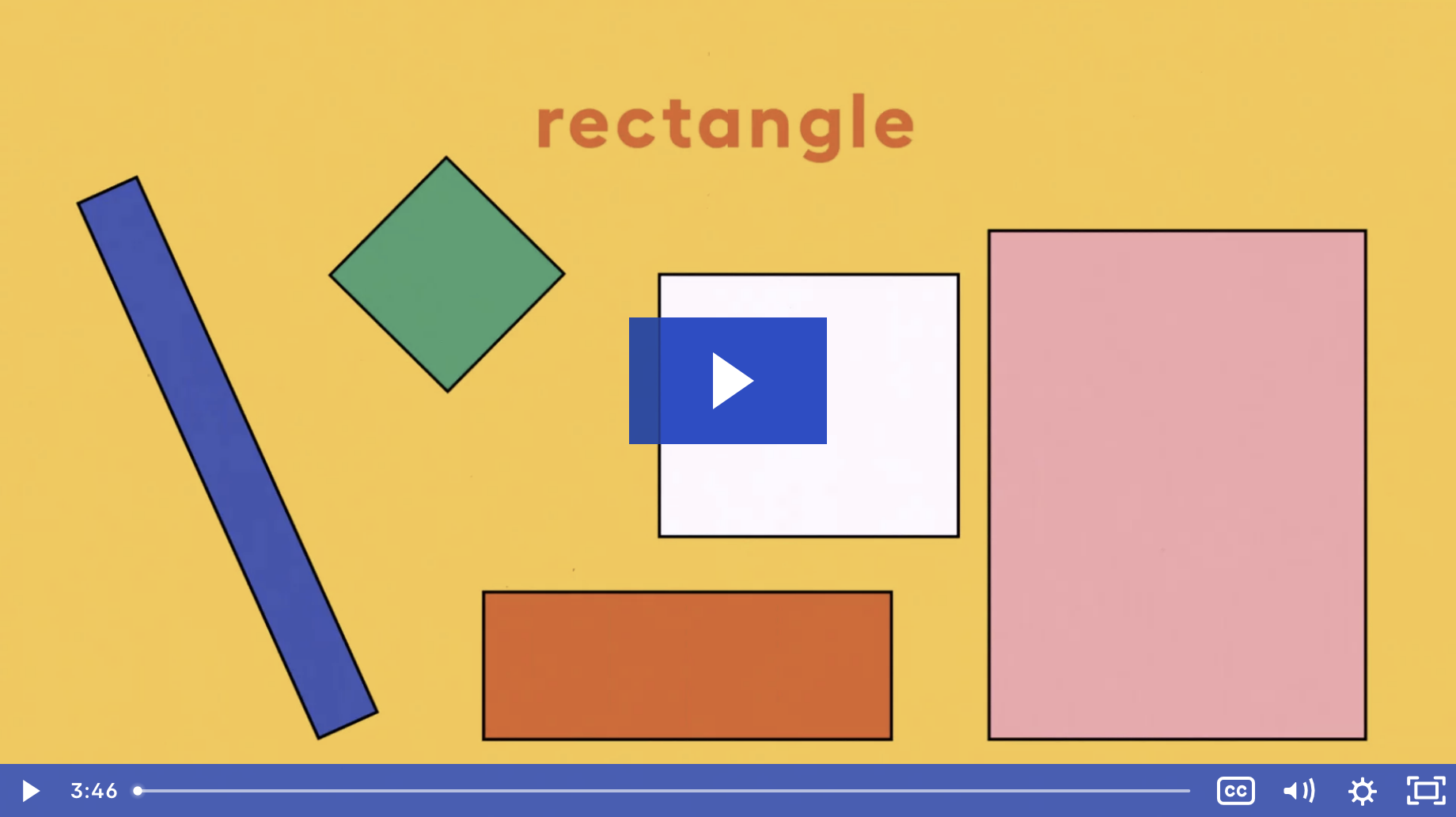
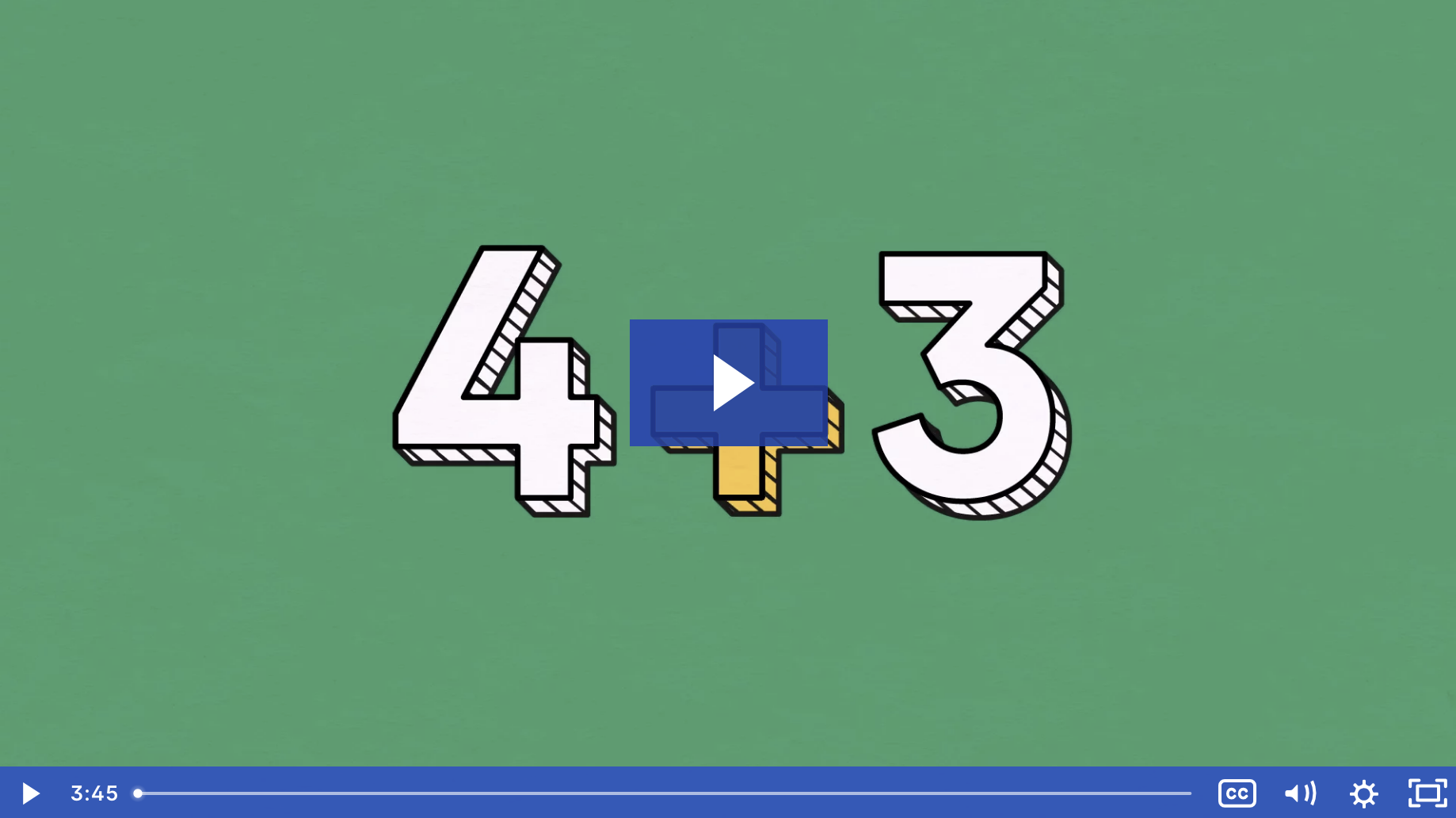
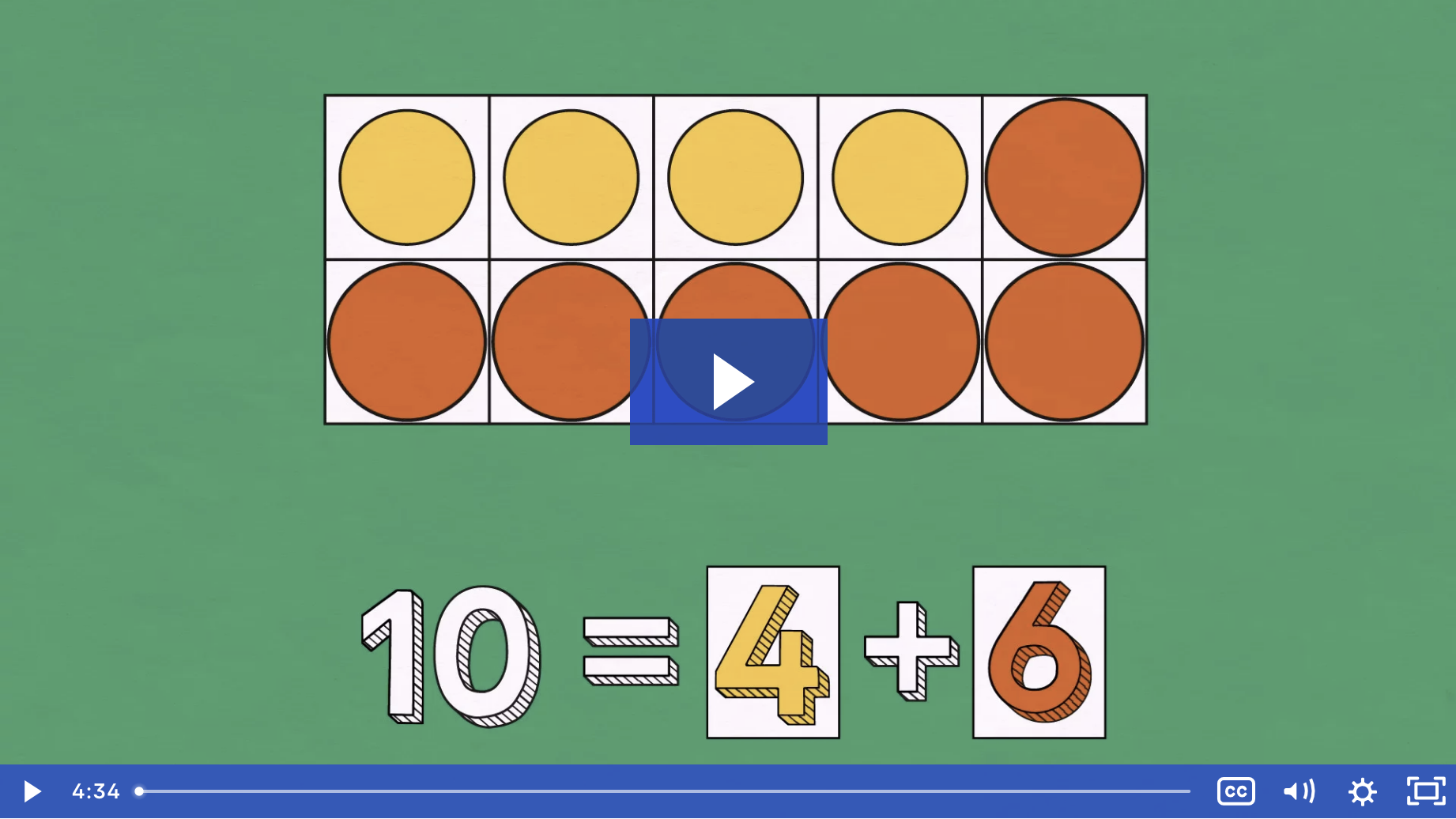
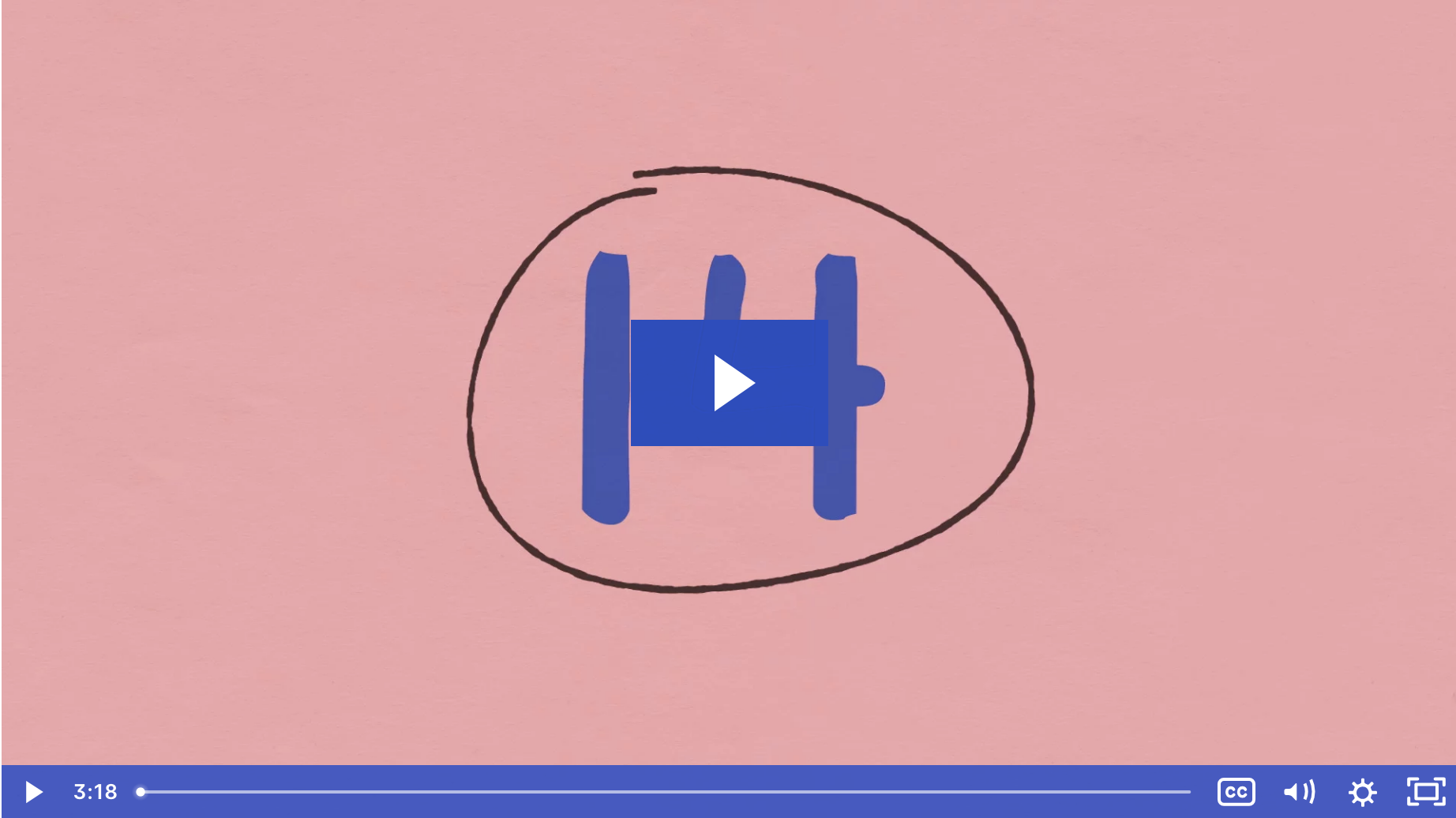

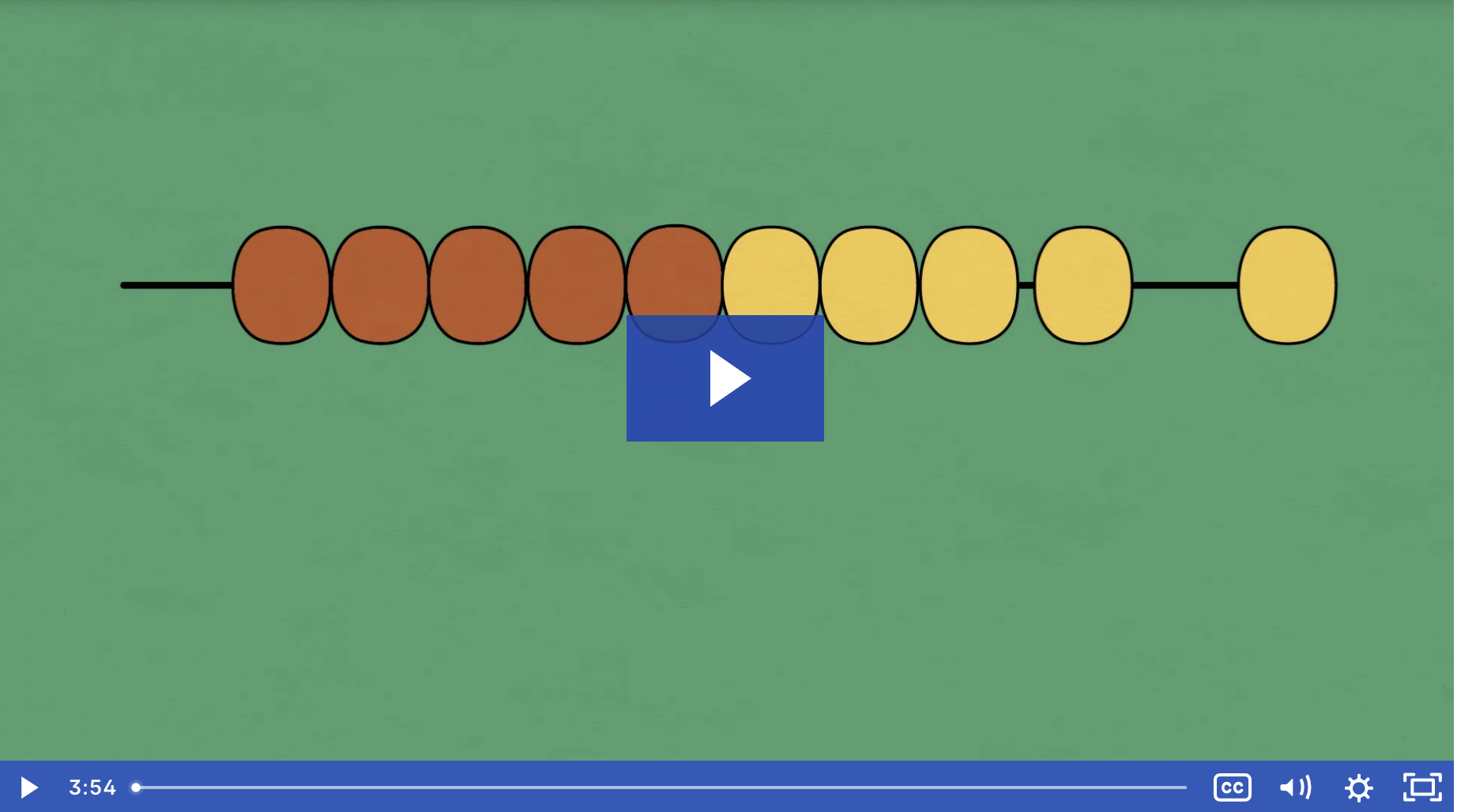
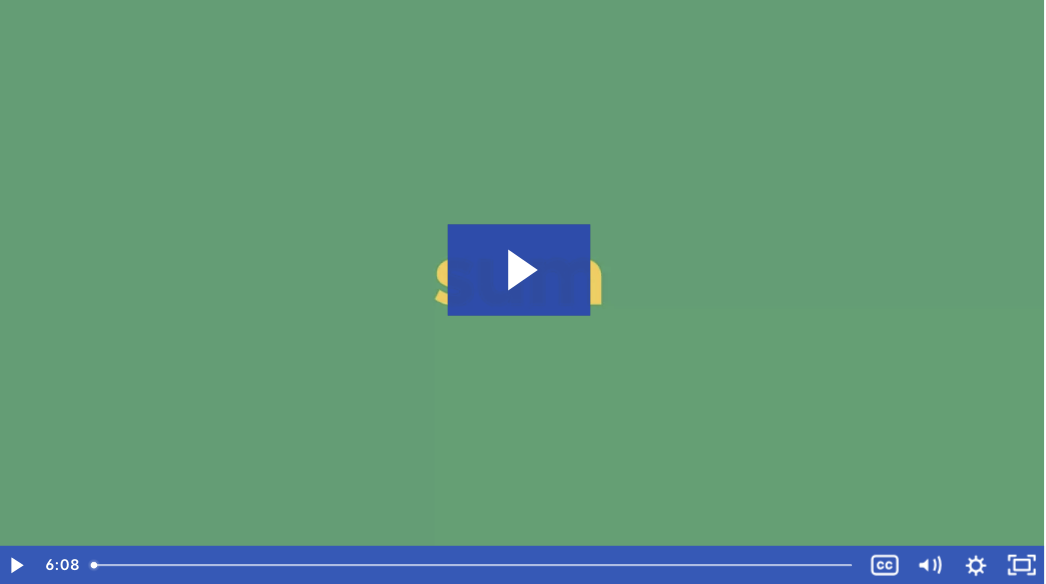
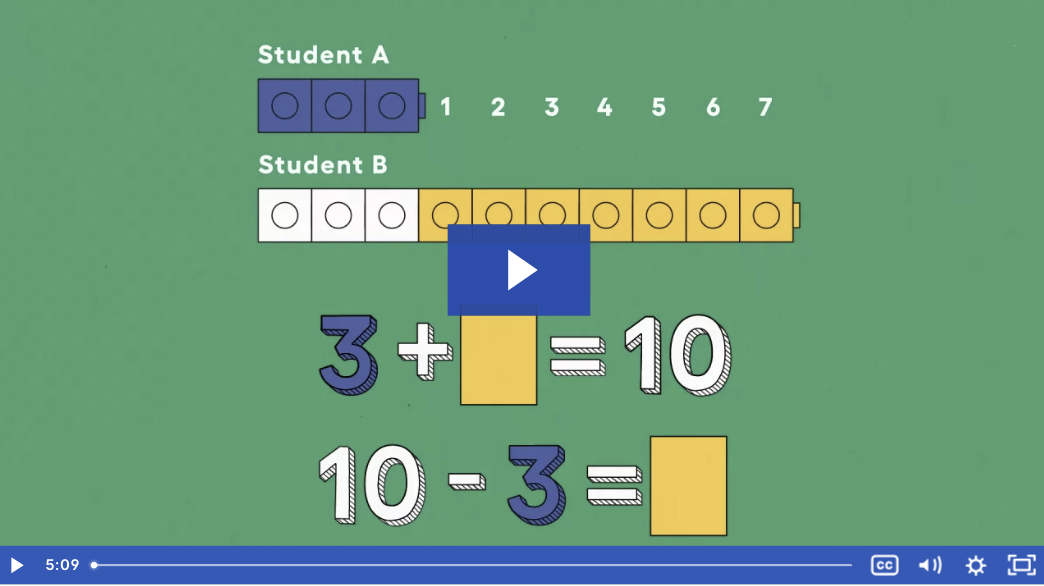
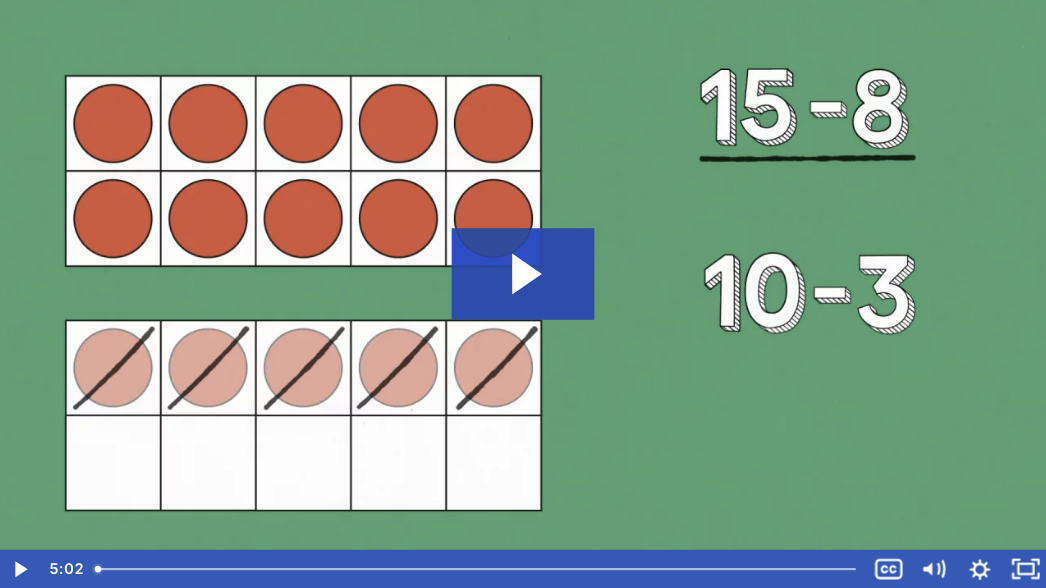
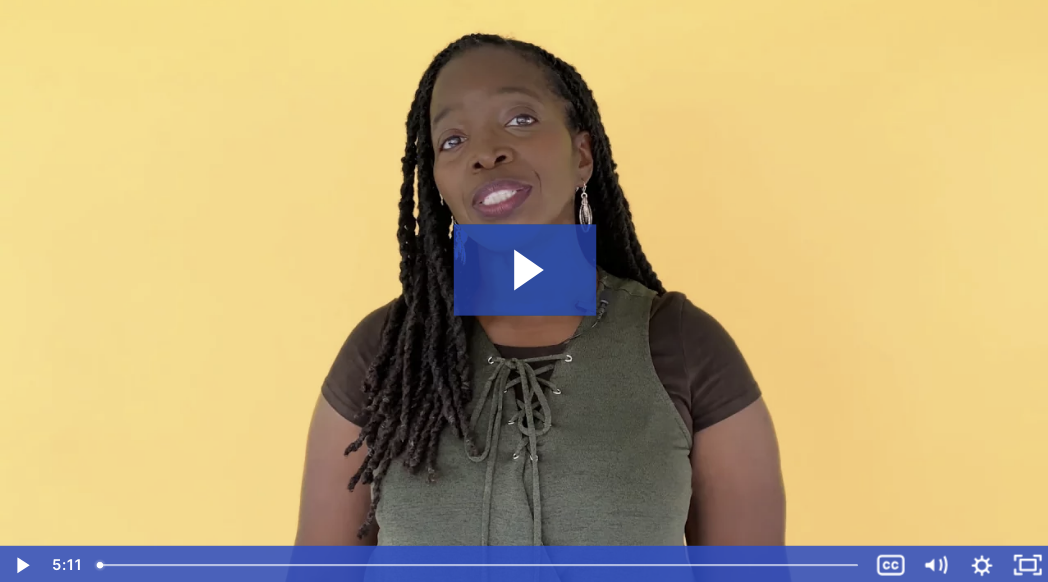
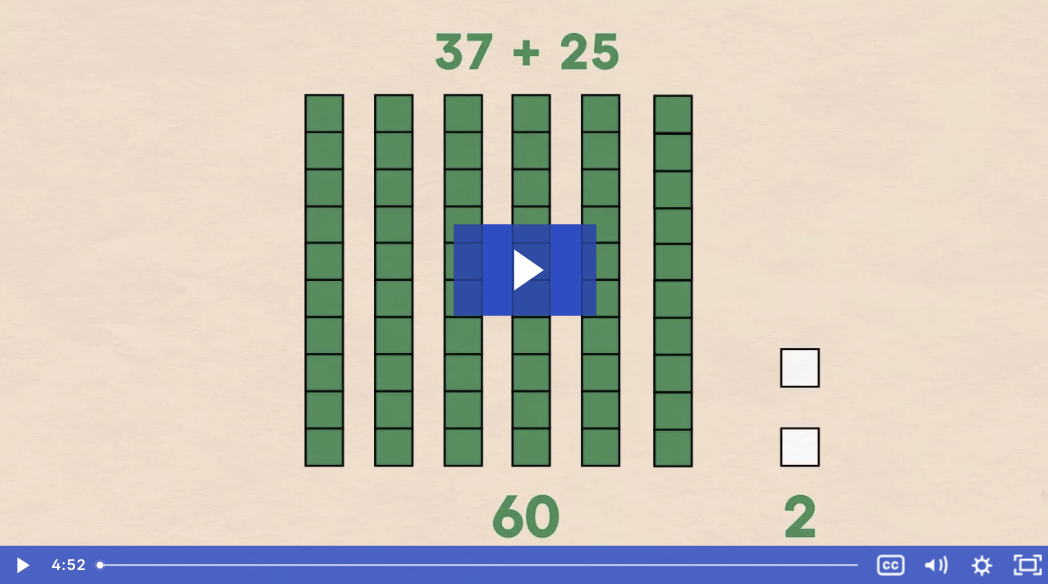
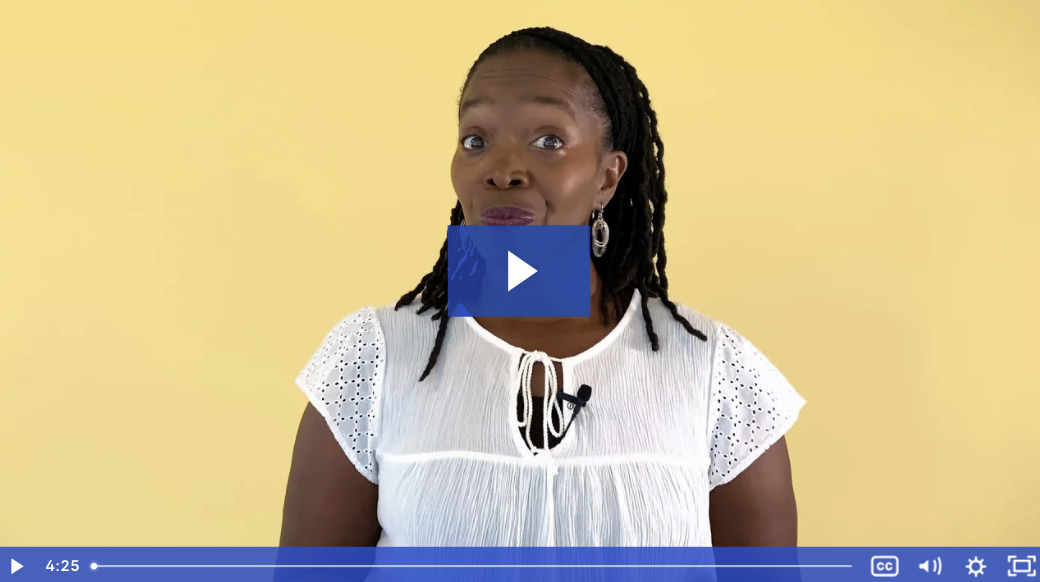
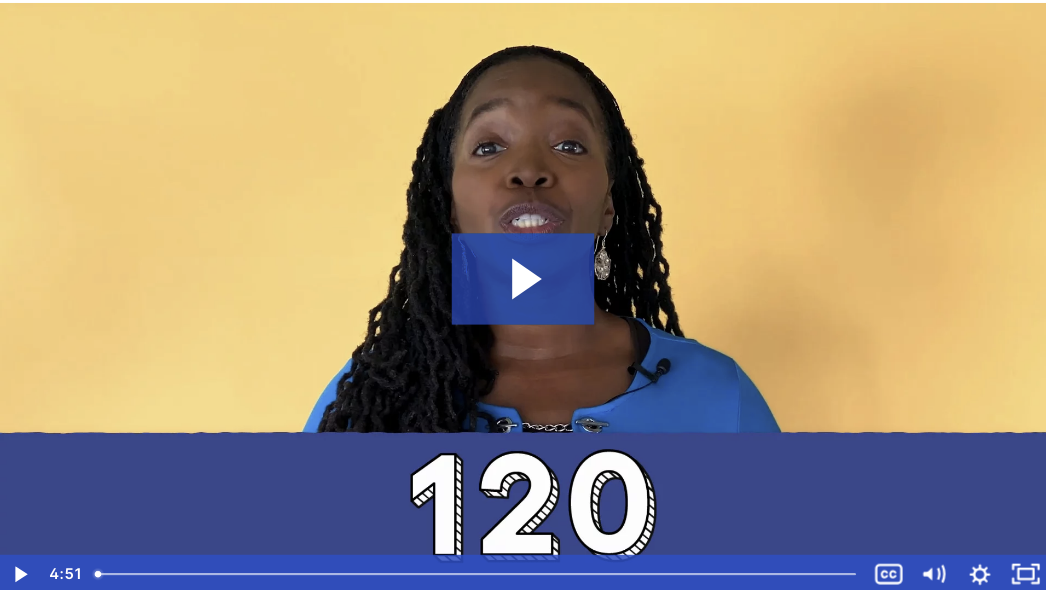
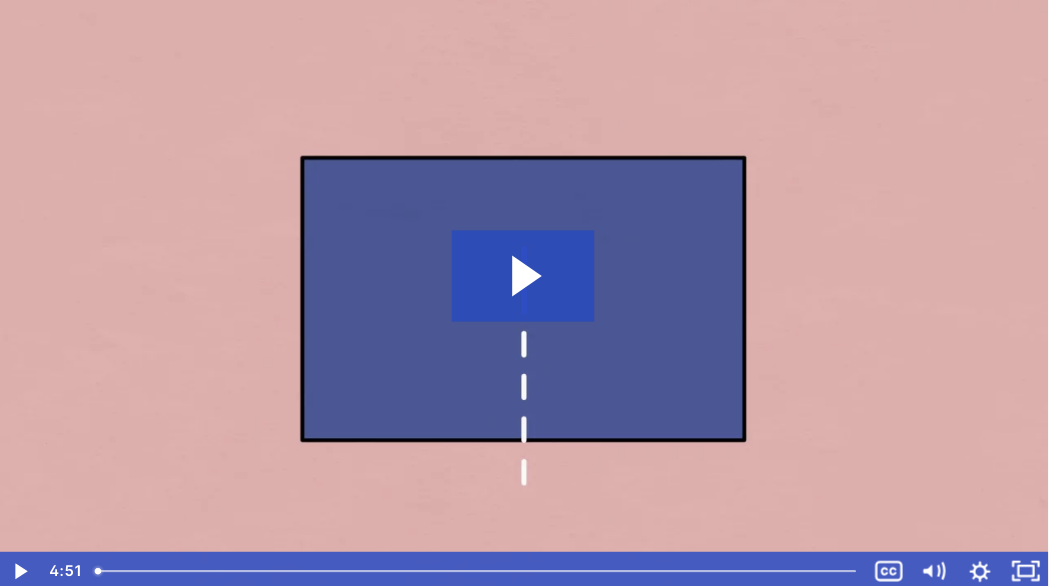
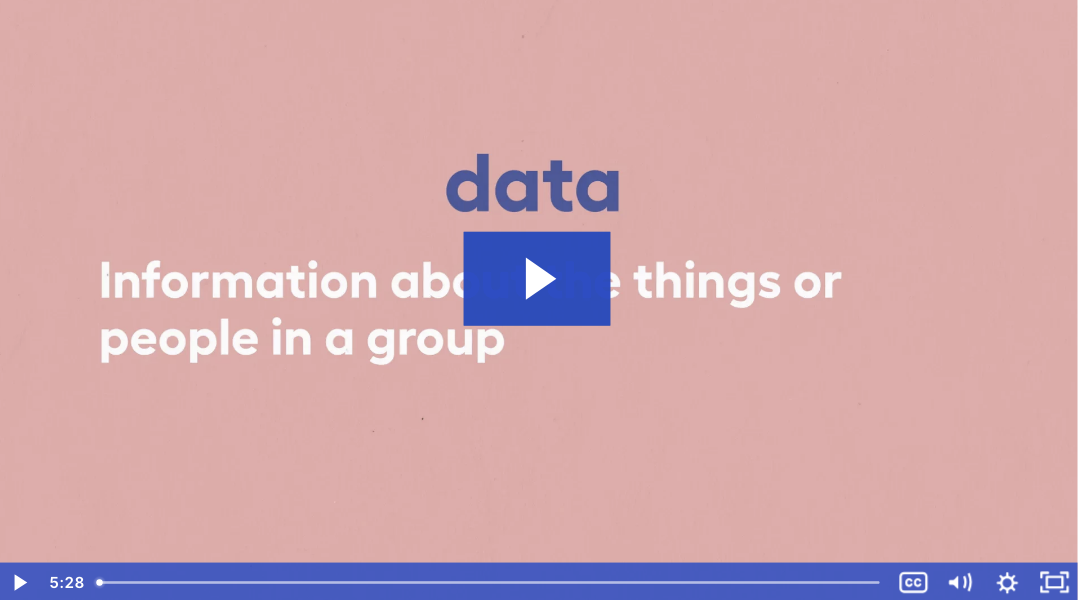
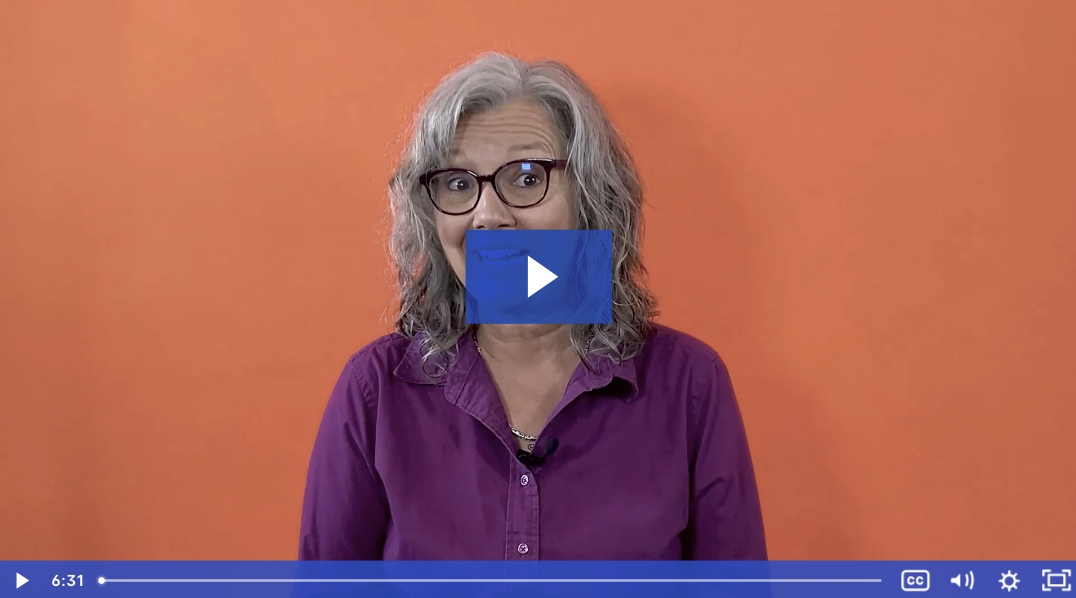
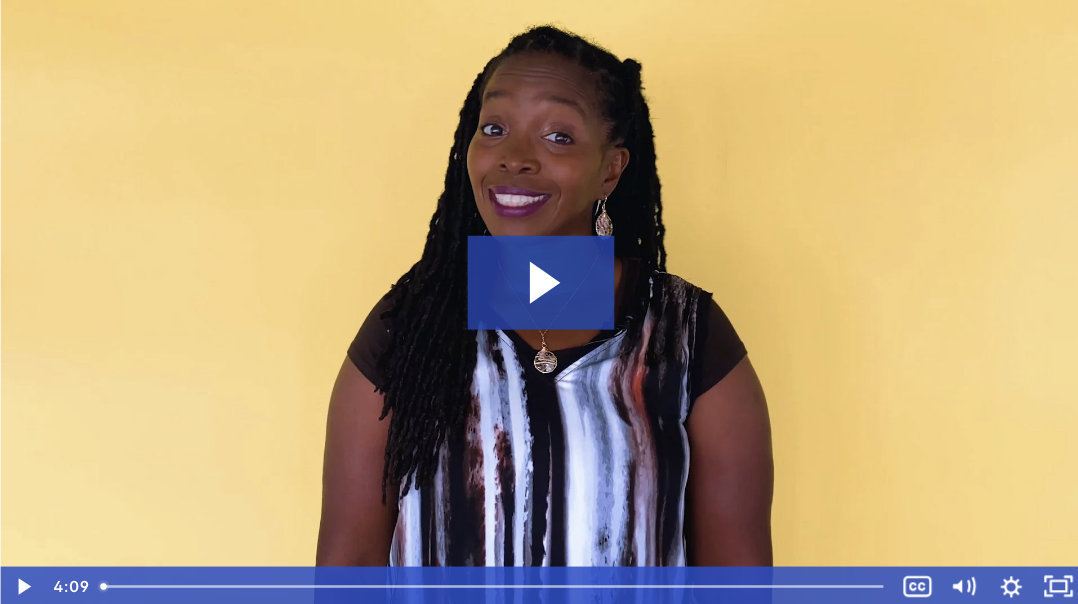
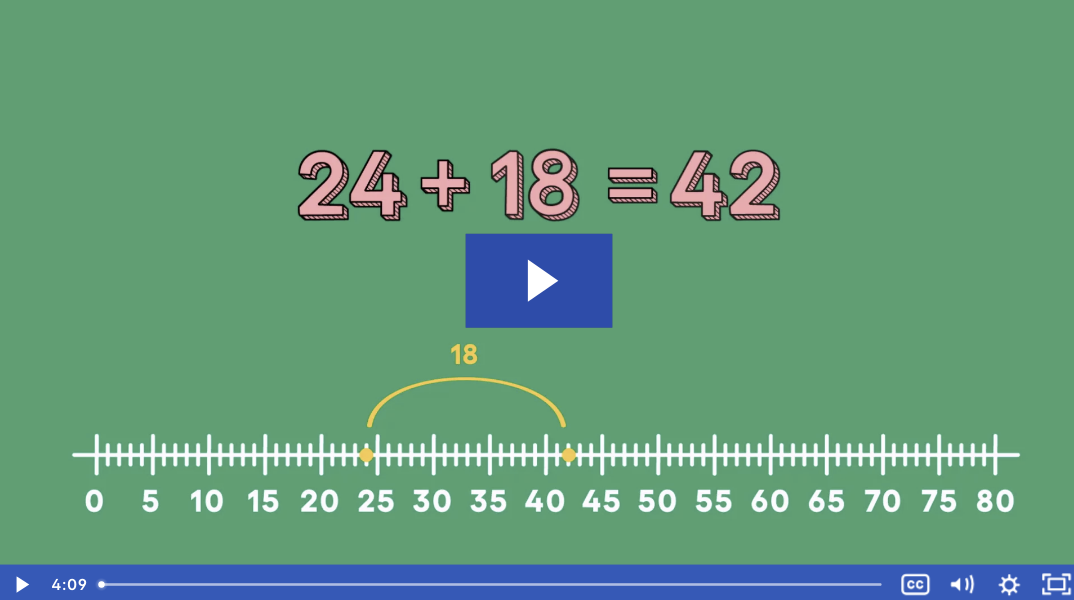
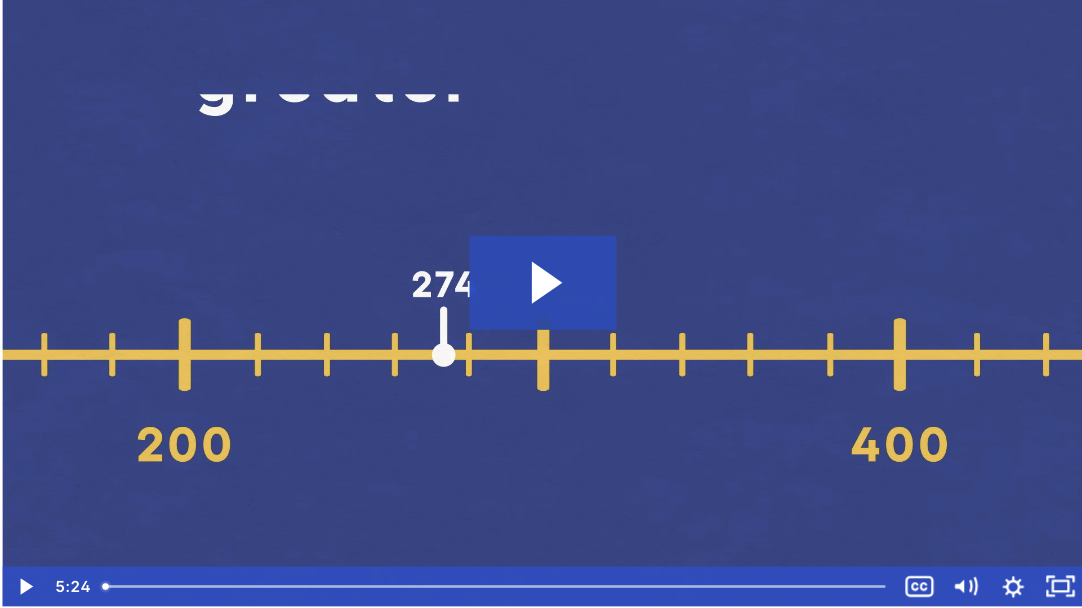
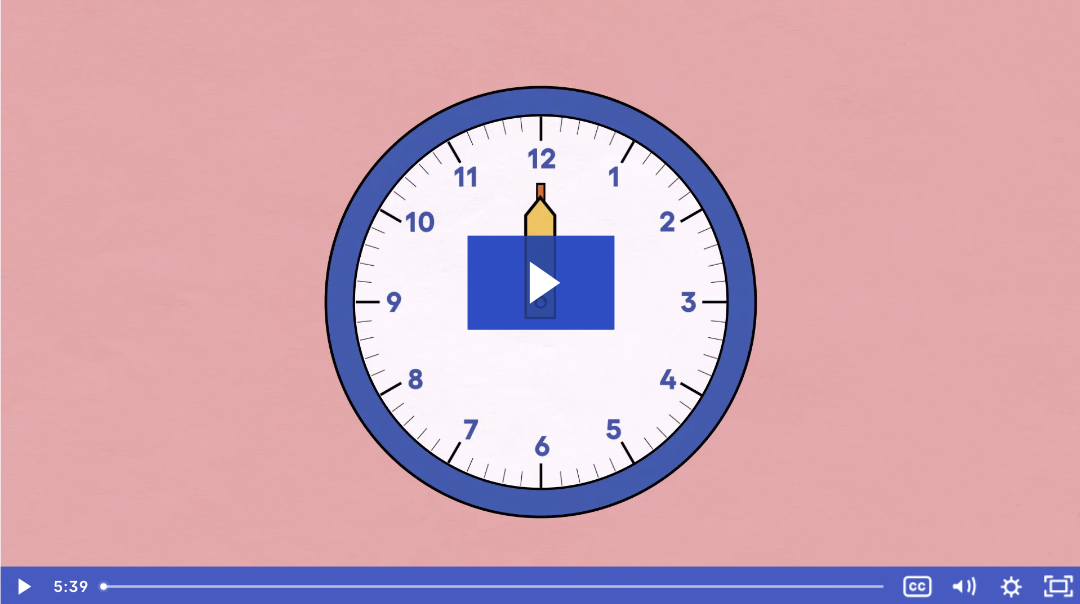
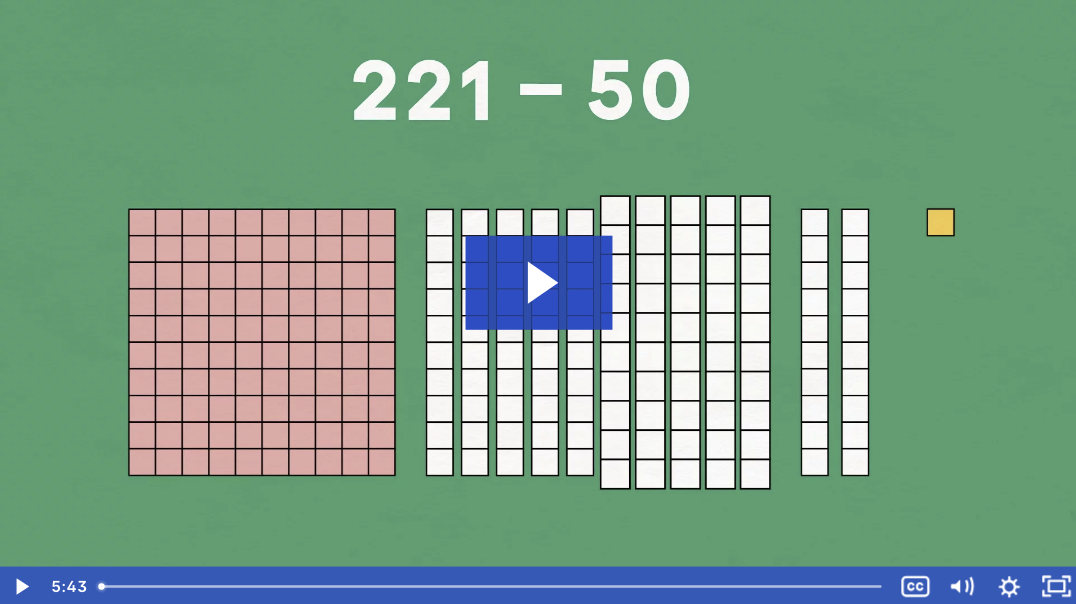
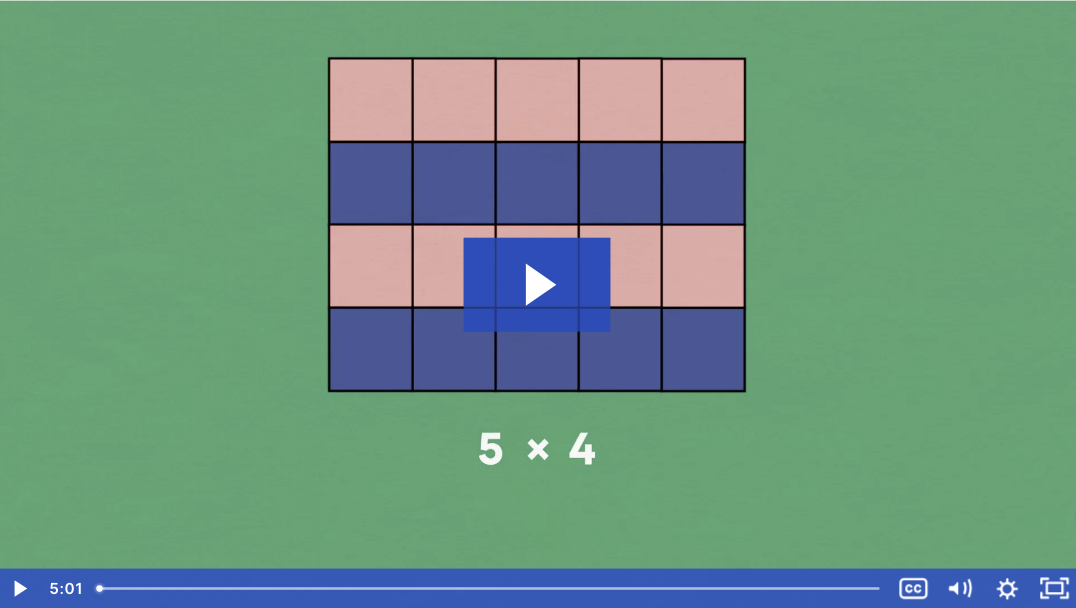
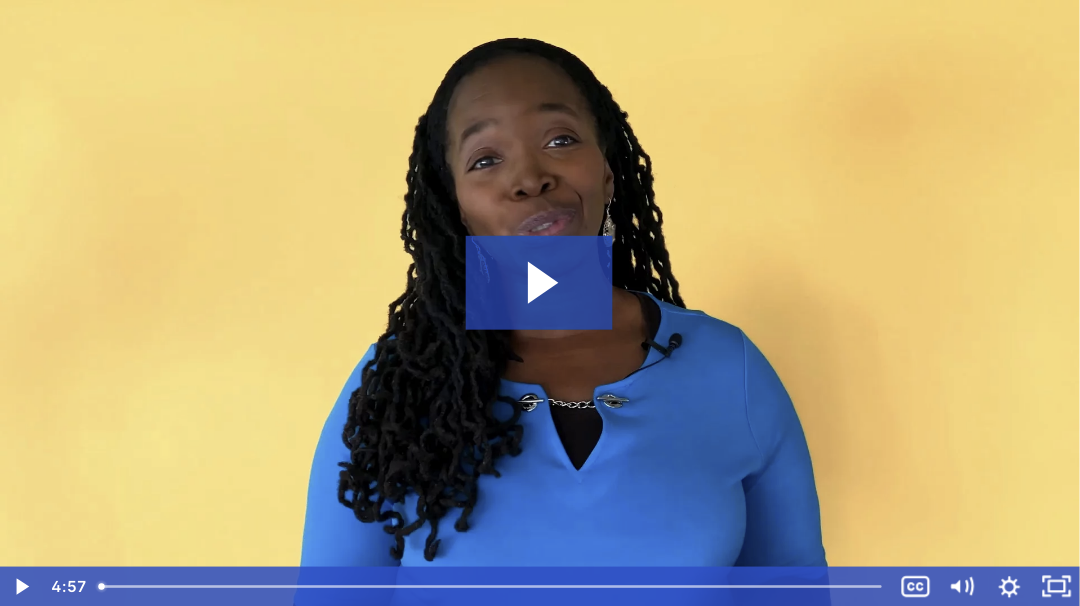
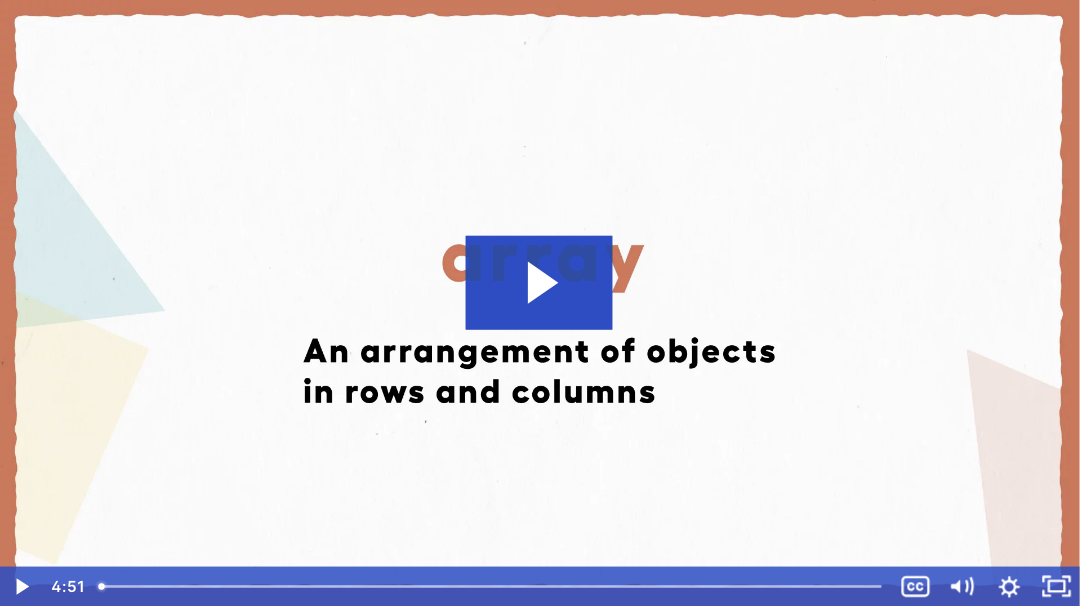
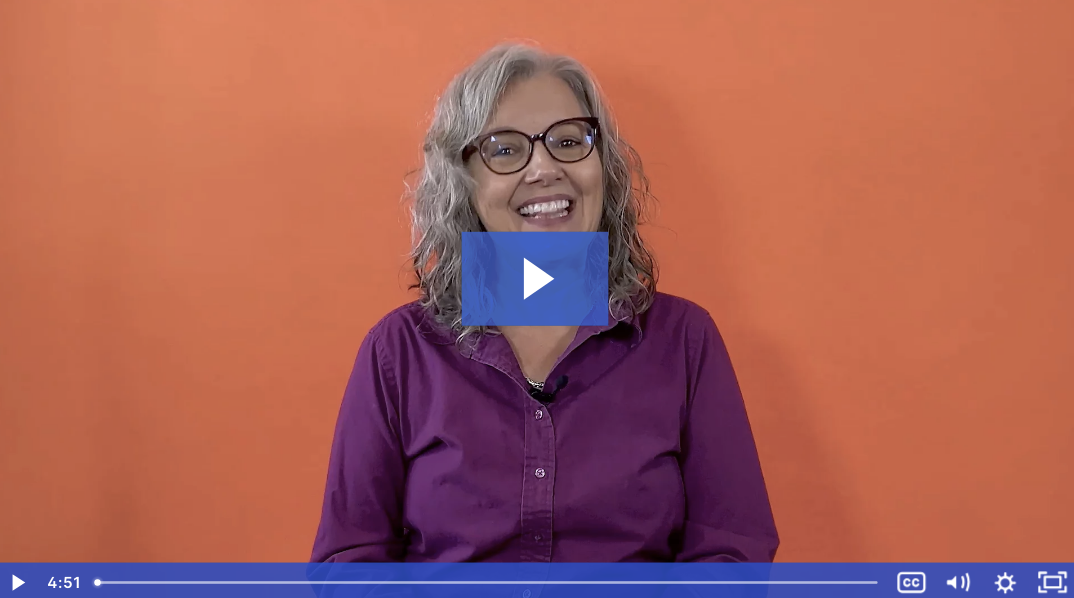
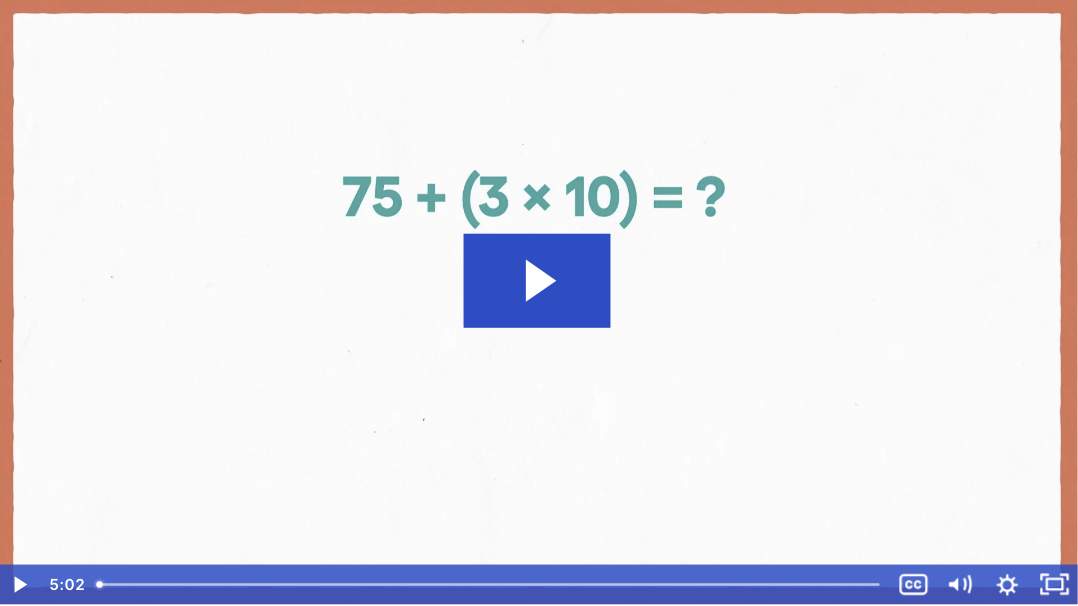

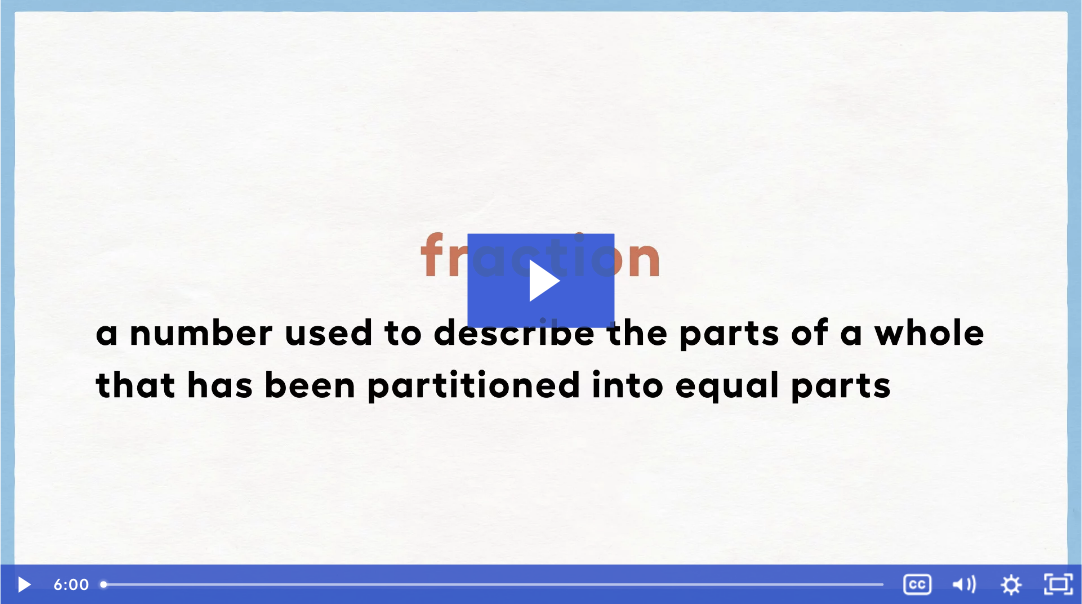
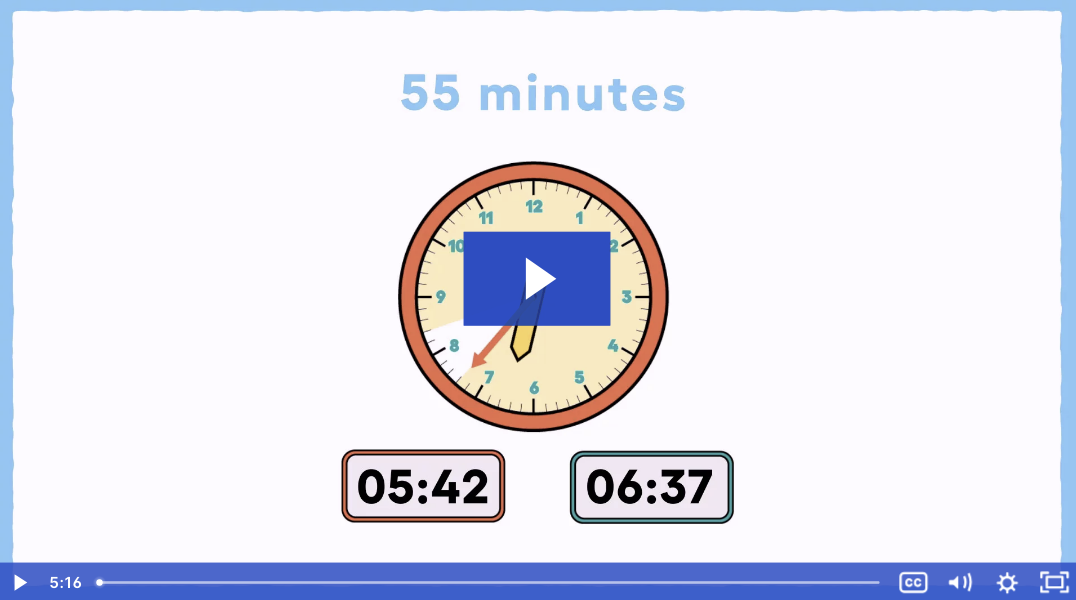
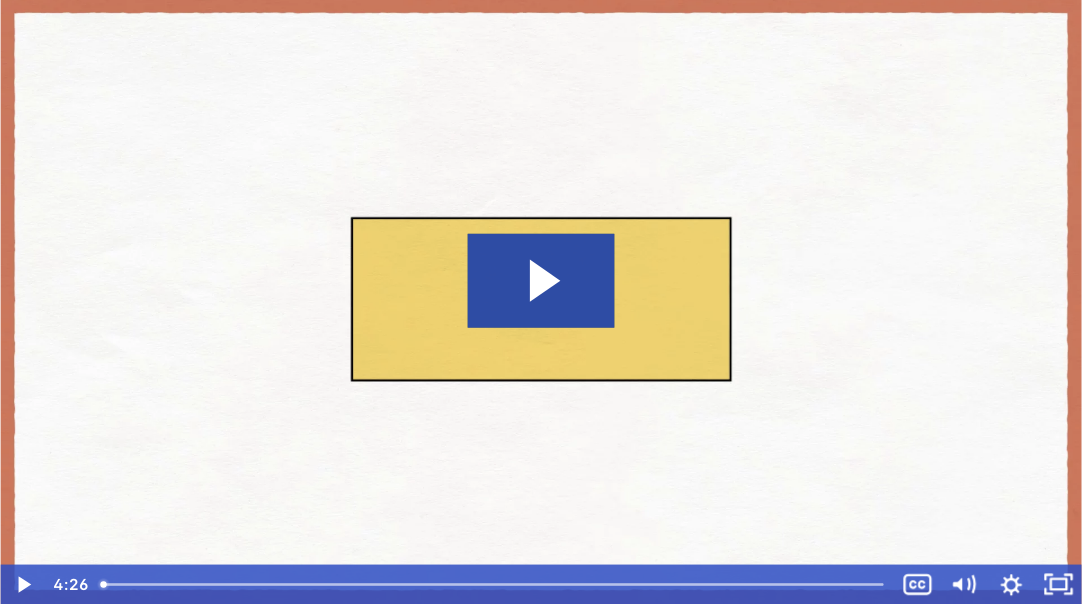
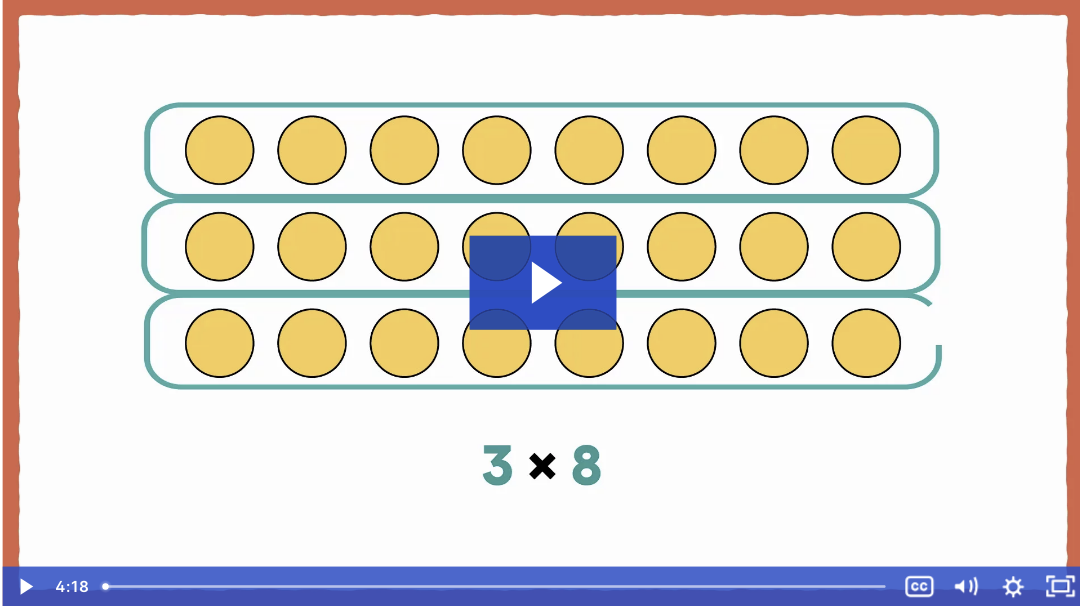
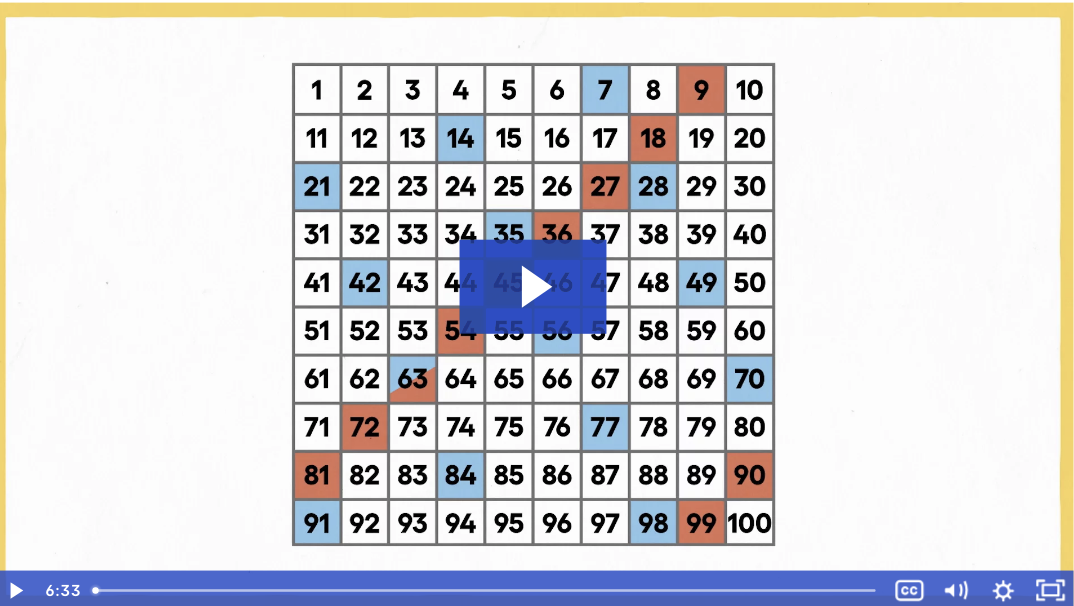
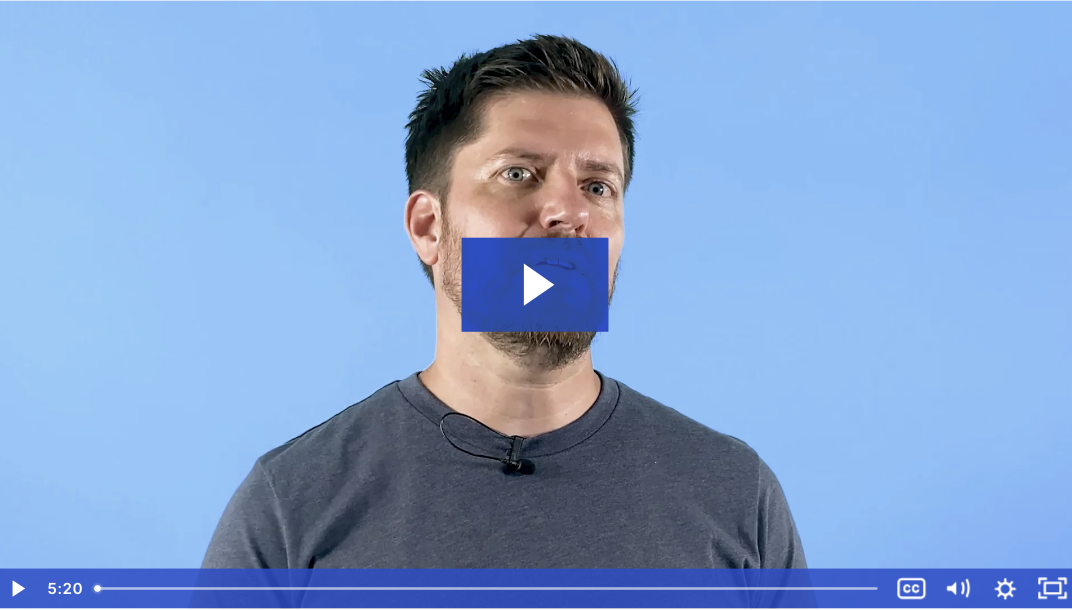
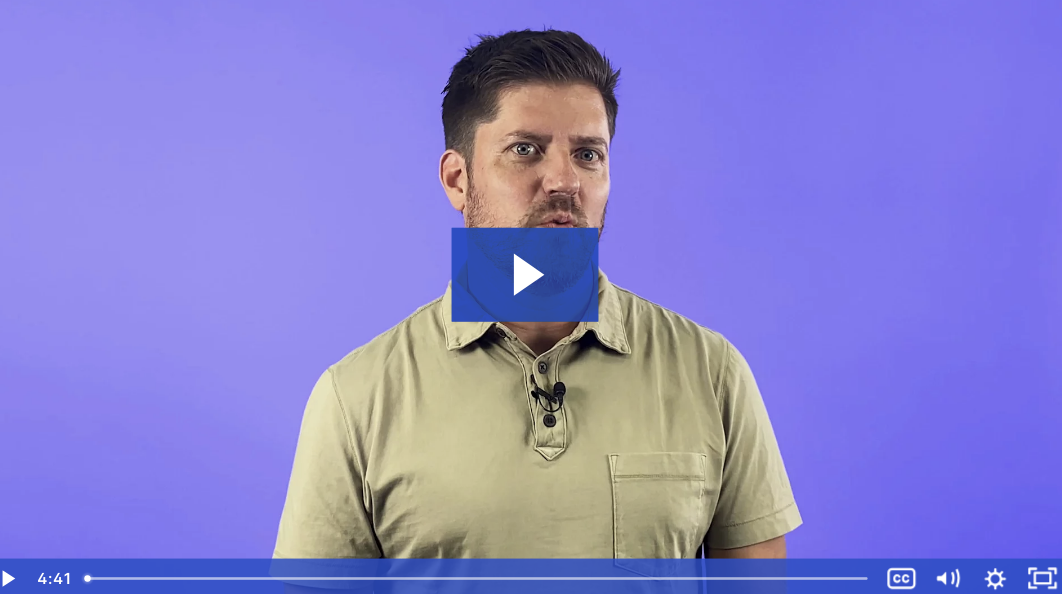
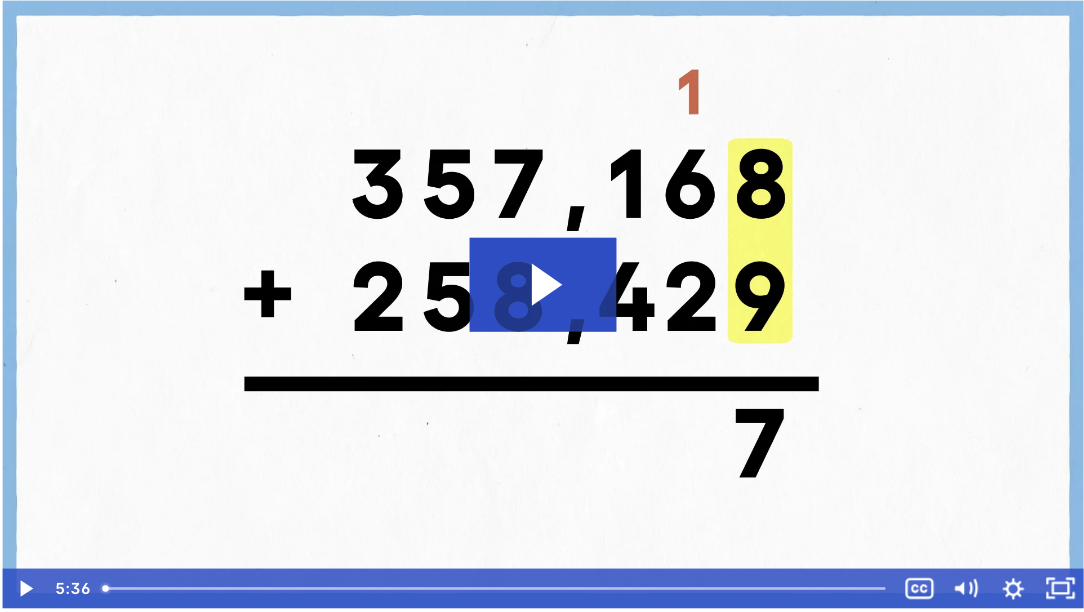
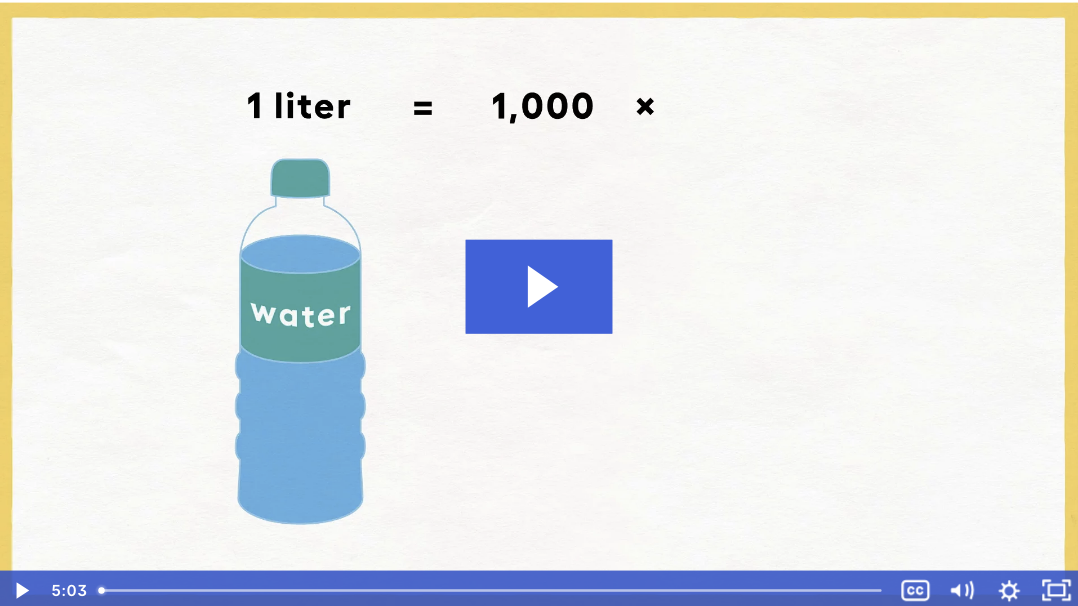
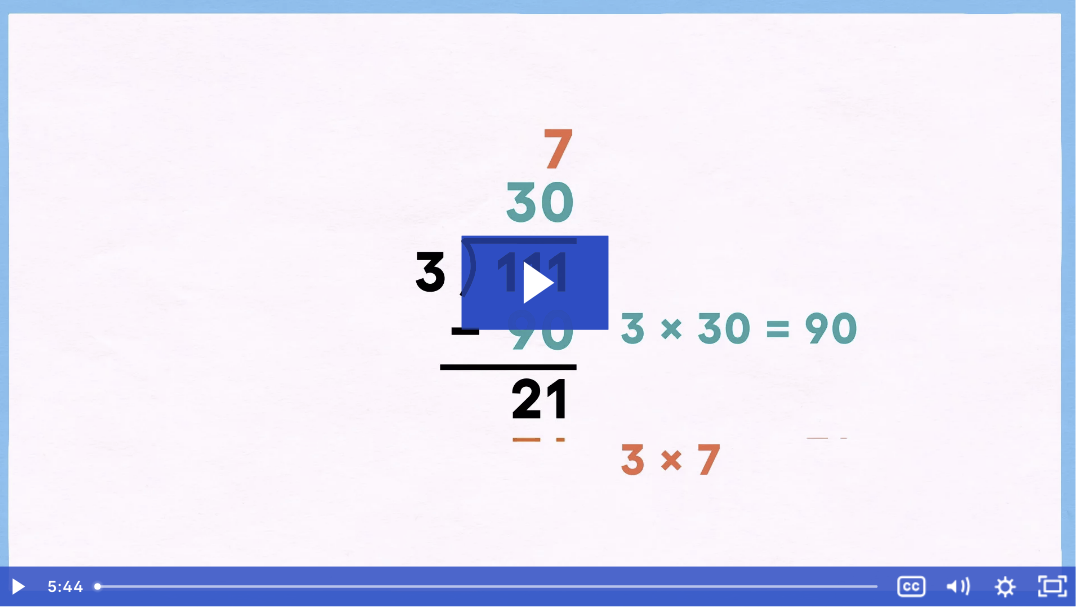
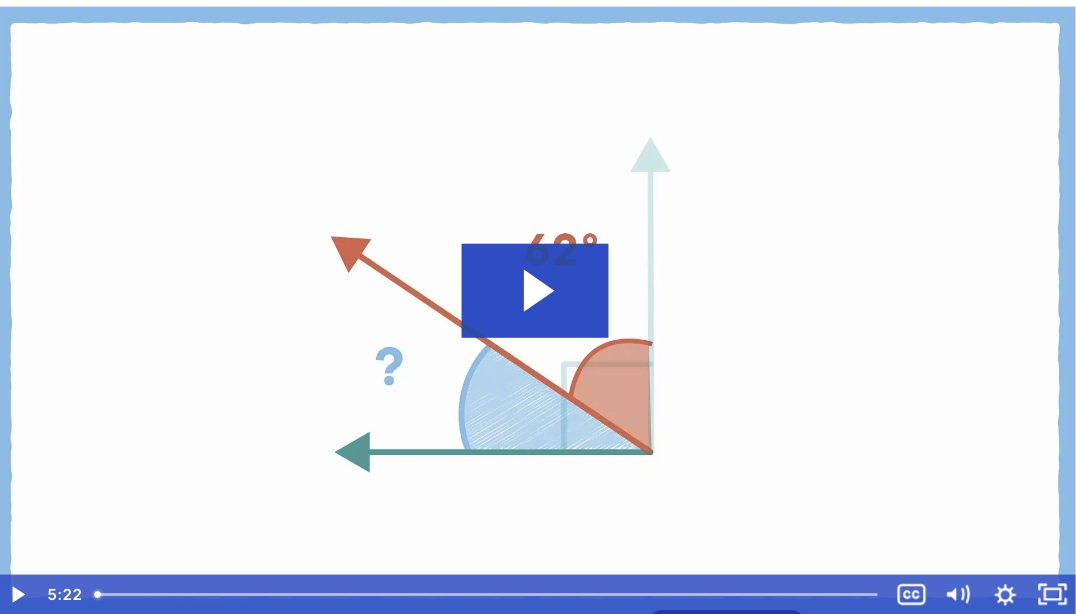
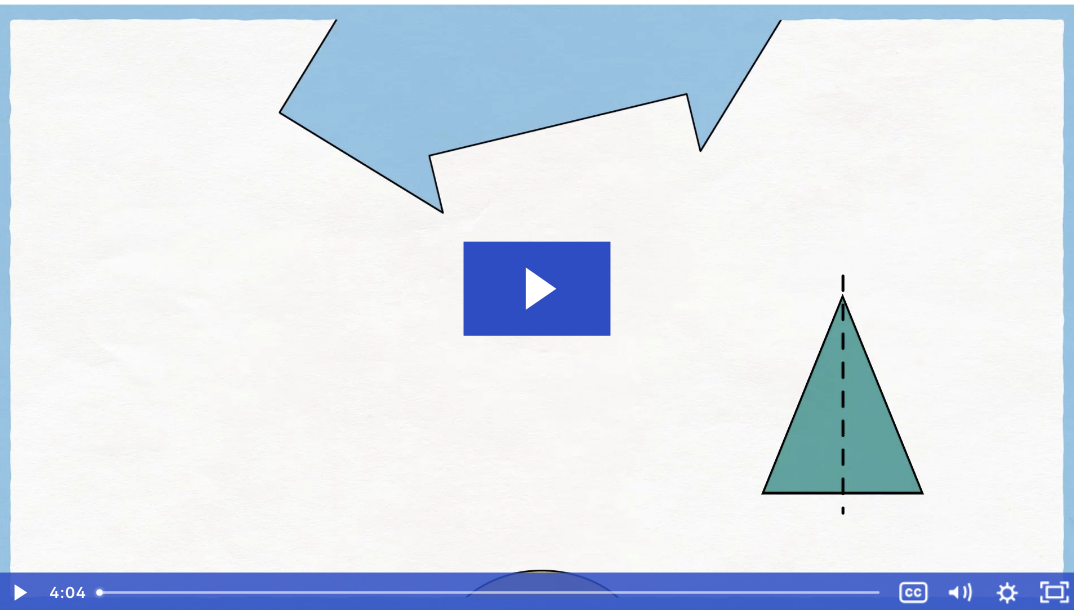
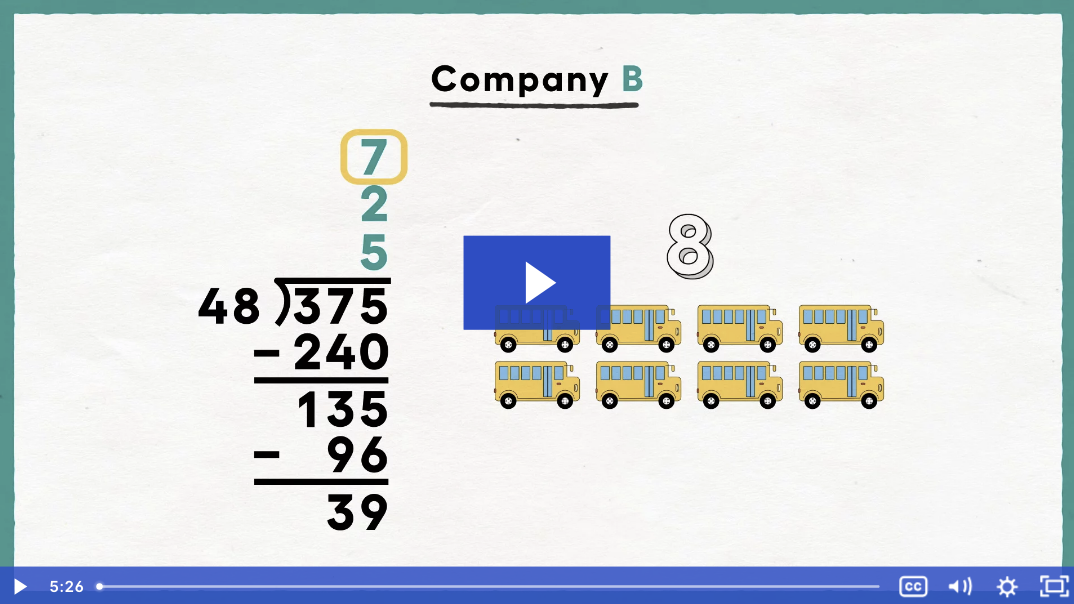
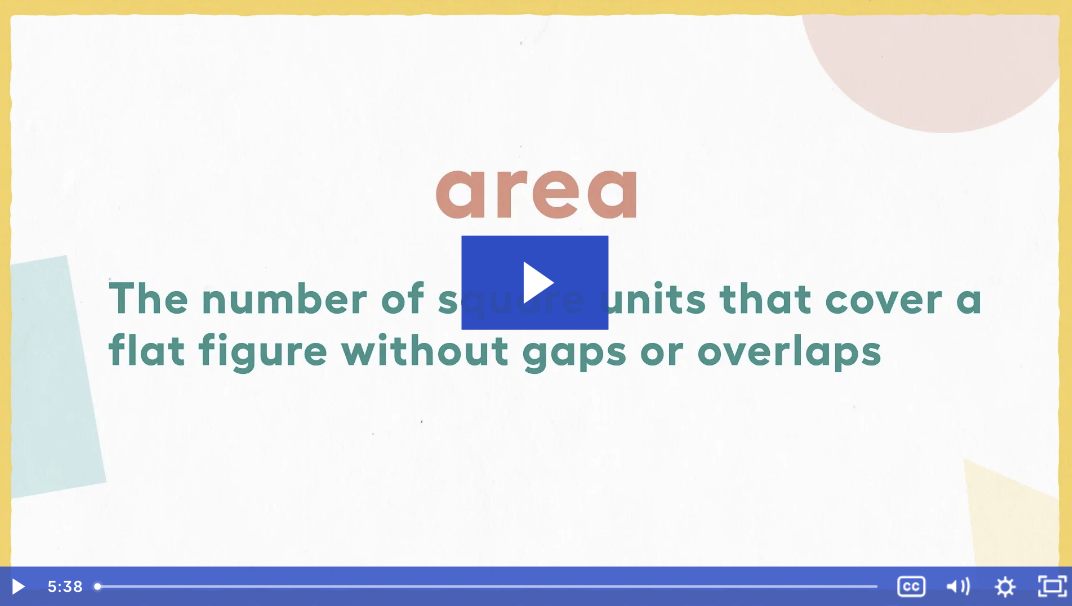
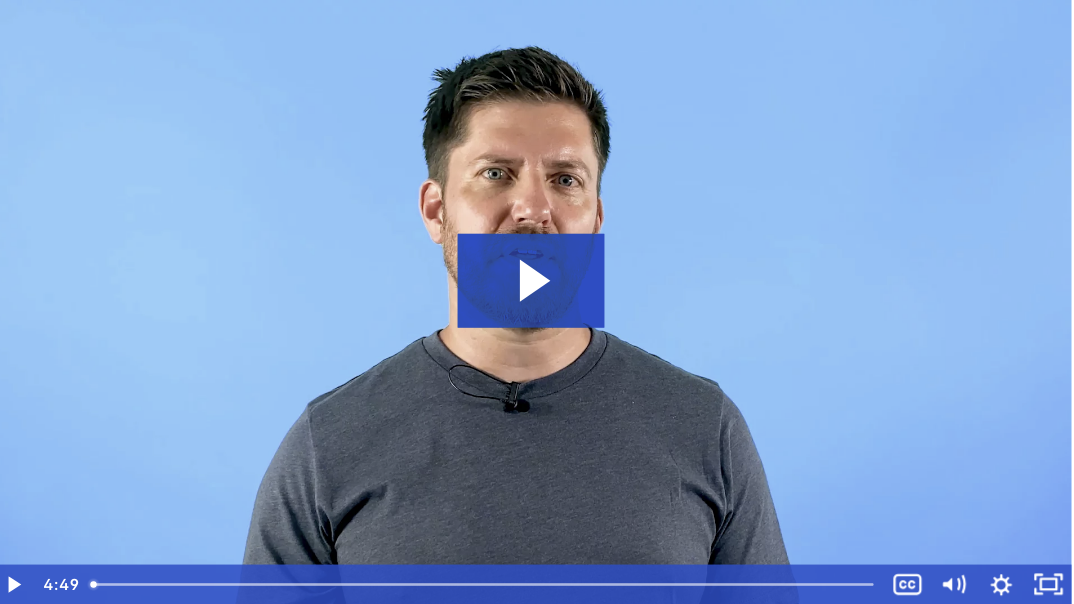
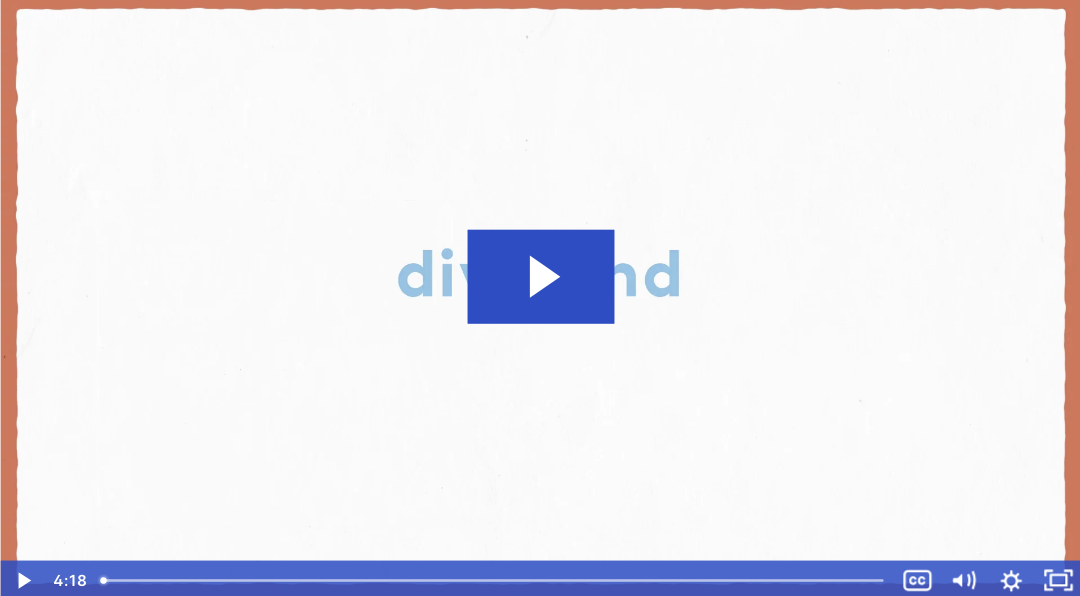
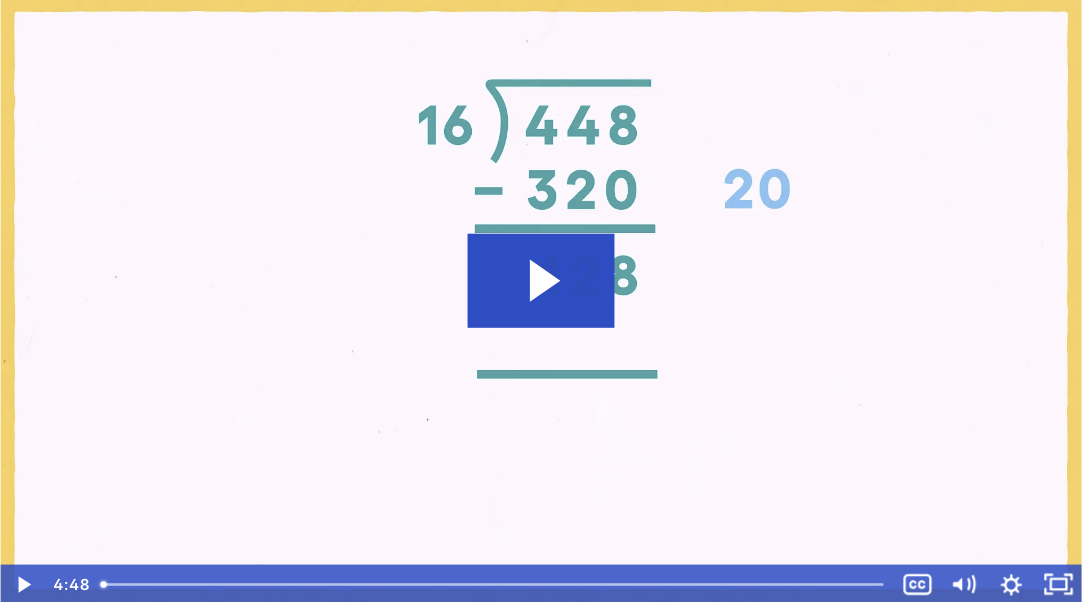
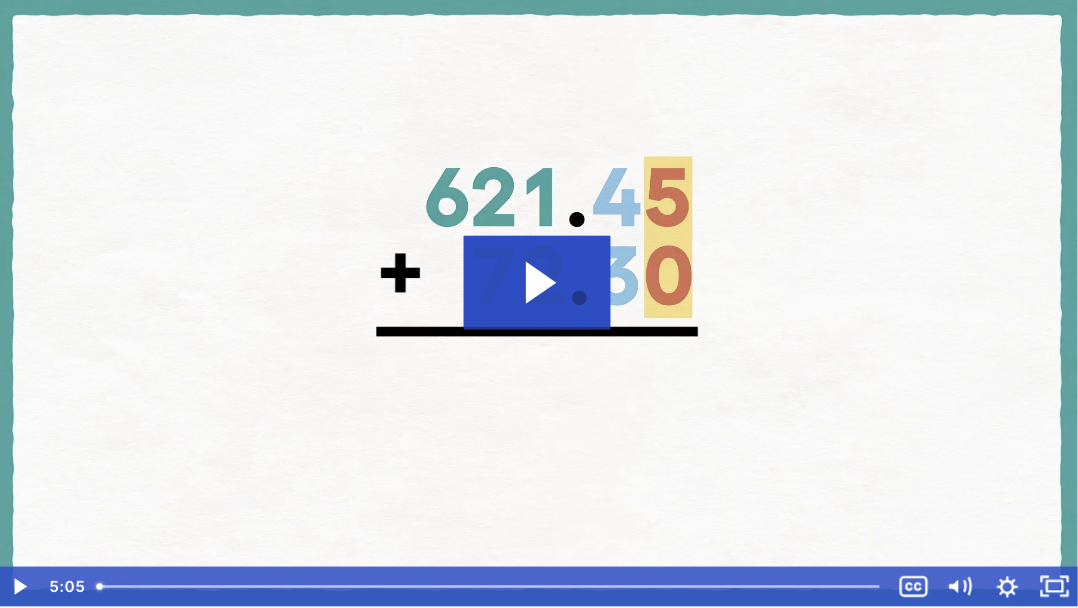
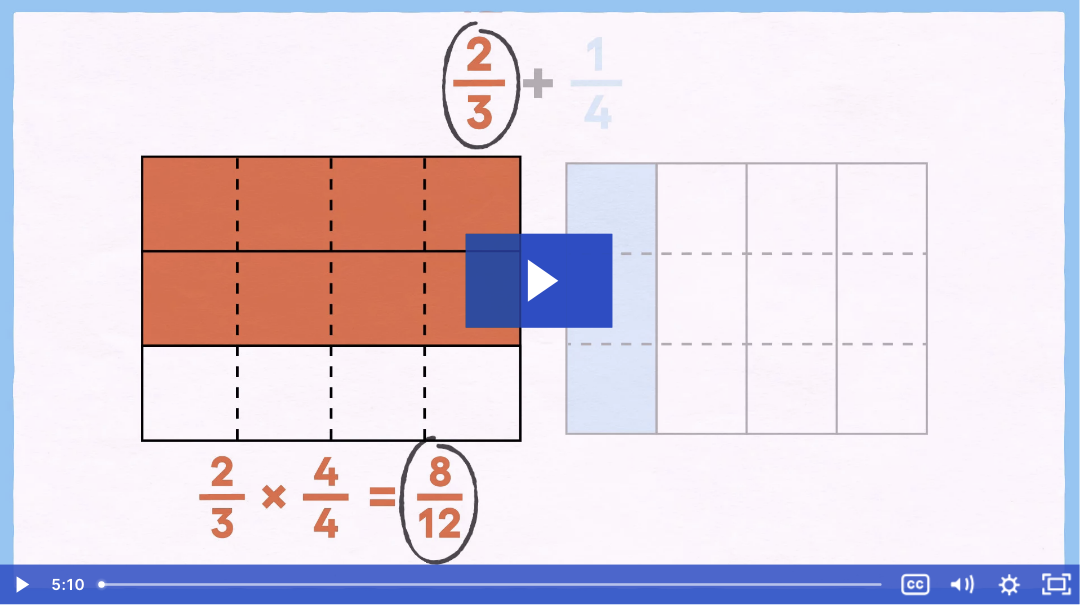
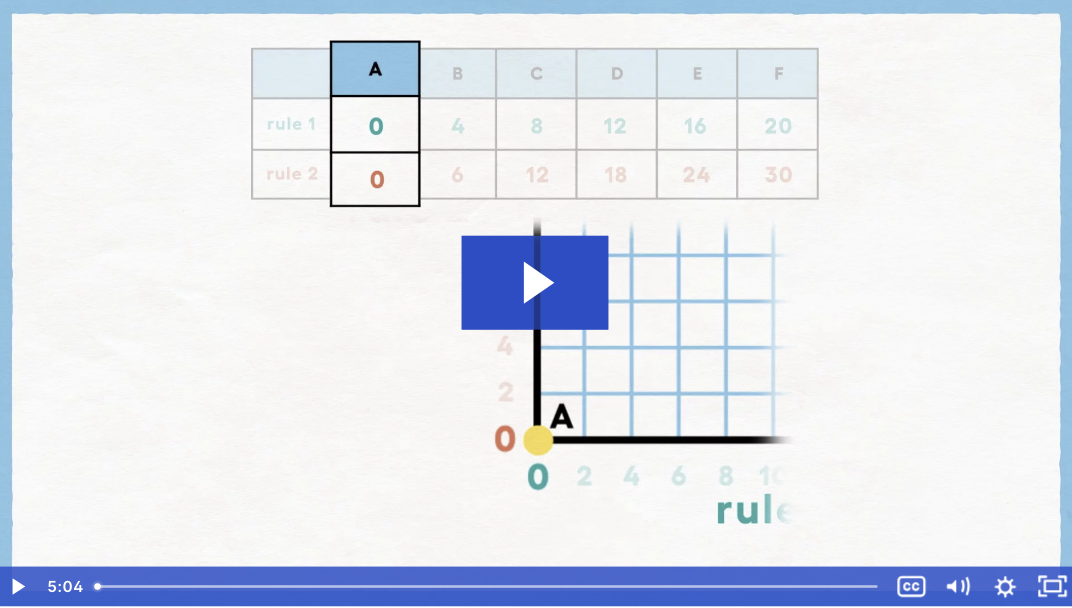
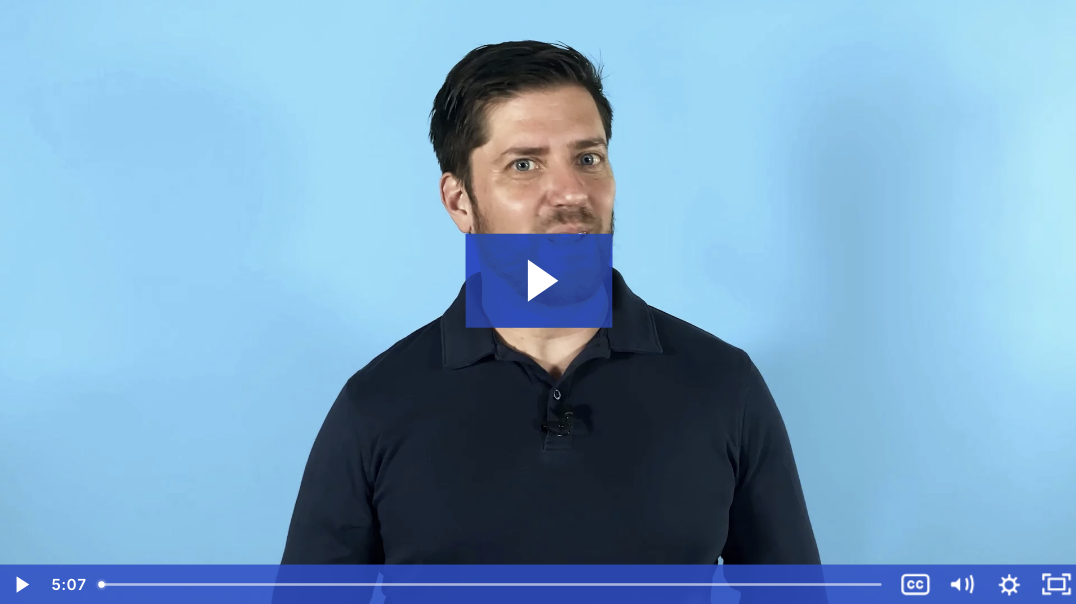
Social Studies
Social Studies
Guiding Principles of Social Studies Instruction
Social Studies in Our Classrooms
5. Inclusive & Equitable Practices. Creating a classroom where every student feels respected and included, where fairness and equal participation are emphasized, regardless of appearance or background.
Grade/Course Specific Overview:
K-5: Elementary
Grades K-3
In the early grades (K-3) social studies classes, students discover important ideas like geography, culture, history, civics, and economics. Students:
Grades 4-5
In grades 4-5, students explore the big ideas of culture, geography, history, civics, and economics by studying the history and culture of Pennsylvania and the United States up to 1860.
This in-depth study allows students to gain a deeper understanding of the historical and cultural aspects of their state and country during this significant time period.
6-8: Middle School
In grades 6-8, students learn about geography, culture, civics and economics of different parts of the world:
High School U.S History (Reconstruction to Modern Era)
In high school, we learn about the events and ideas that made America what it is today. We explore important history topics and practice thinking critically and communicating effectively.
Quarter 1:
Quarter 2:
Quarter 3:
Quarter 4:
African American History
The new African-American History lessons want to take students on an exciting trip through history. Coursework begins with ancient African civilizations and continues to modern times. With activities including essays and discussion, we’ll learn about sustaining culture, standing up for what’s right, and how people saw the world back then
World History
In our studies, we explore important topics like culture, resistance, and conquest. We talk about economics and what makes an economy good or bad, delve into war and ask if it’s something that humans always have to do, and look at the challenges our world faces today, like climate change and inequality, and how we can make a better system for a sustainable planet
The themes and essential questions are:
Beliefs, traditions migrations and resistance
War and militarization
Capitalism, Imperialism and Struggles for Liberation
Confronting the new world disorder: human rights and social movements and the challenges for climate change, fascism, economic inequality, and globalization
Social Sciences: Civics and Economics
Civics
We explore the history of democracy in the United States and the struggles against unfair systems. We learn about how to be active in our communities and understand democracy.
Economics
We learn about how money and resources work, how some people have more than others and how this affects the world. We explore:
Resources
Resources for Families
(coming soon)
Resources for Students
(coming soon)